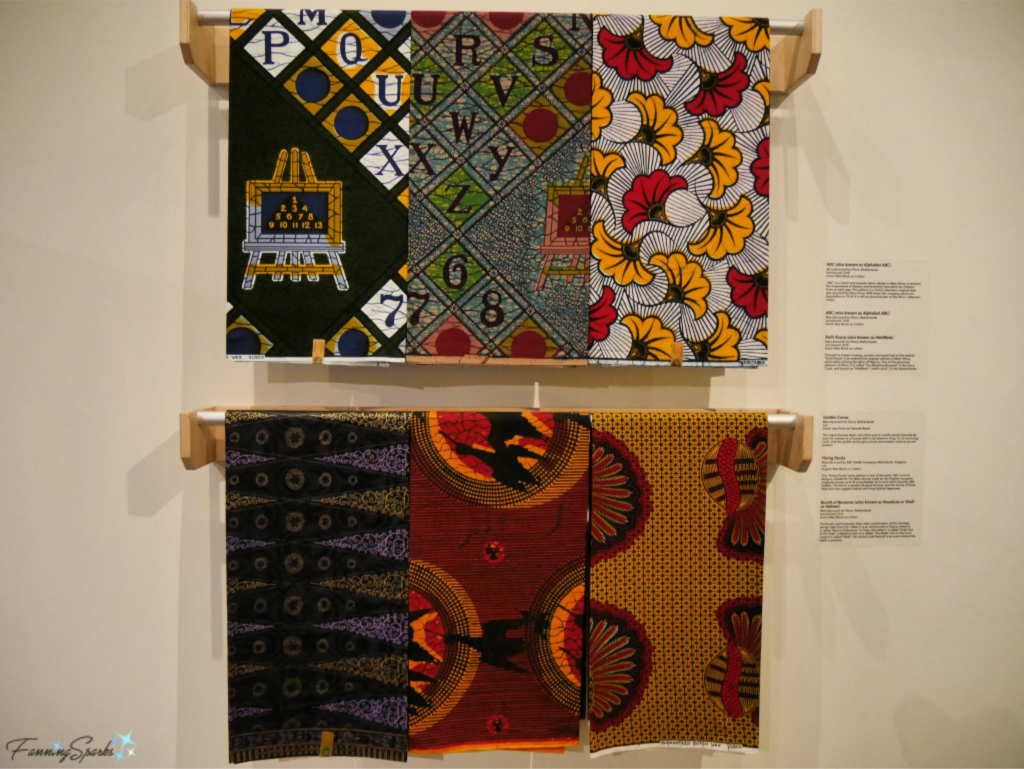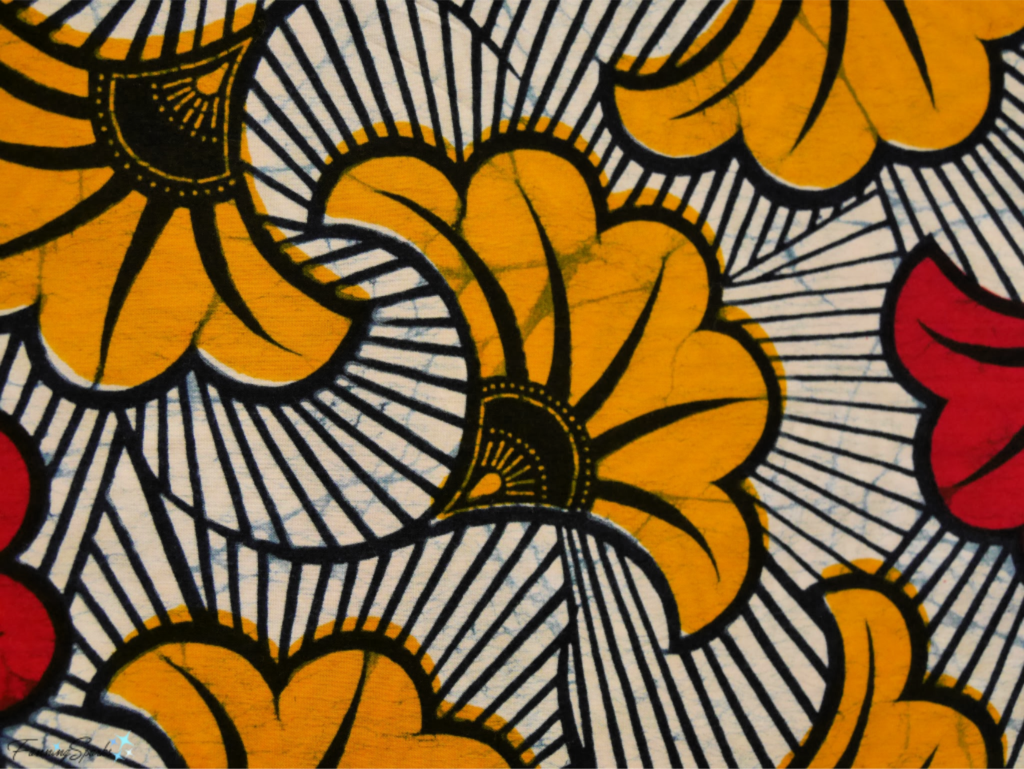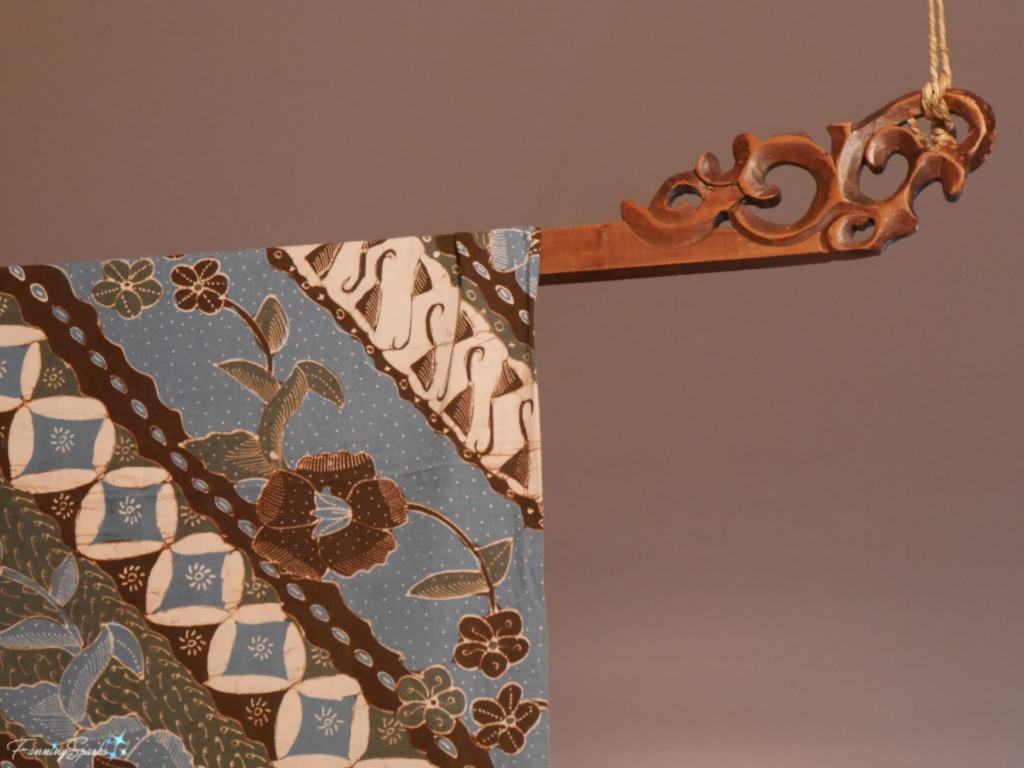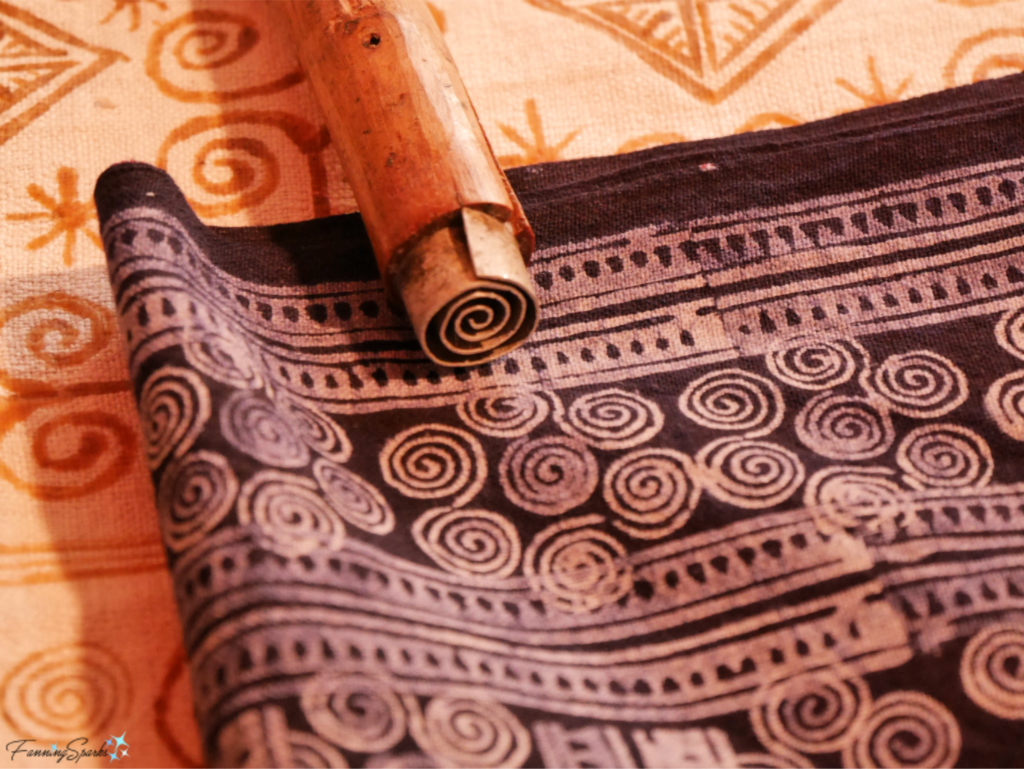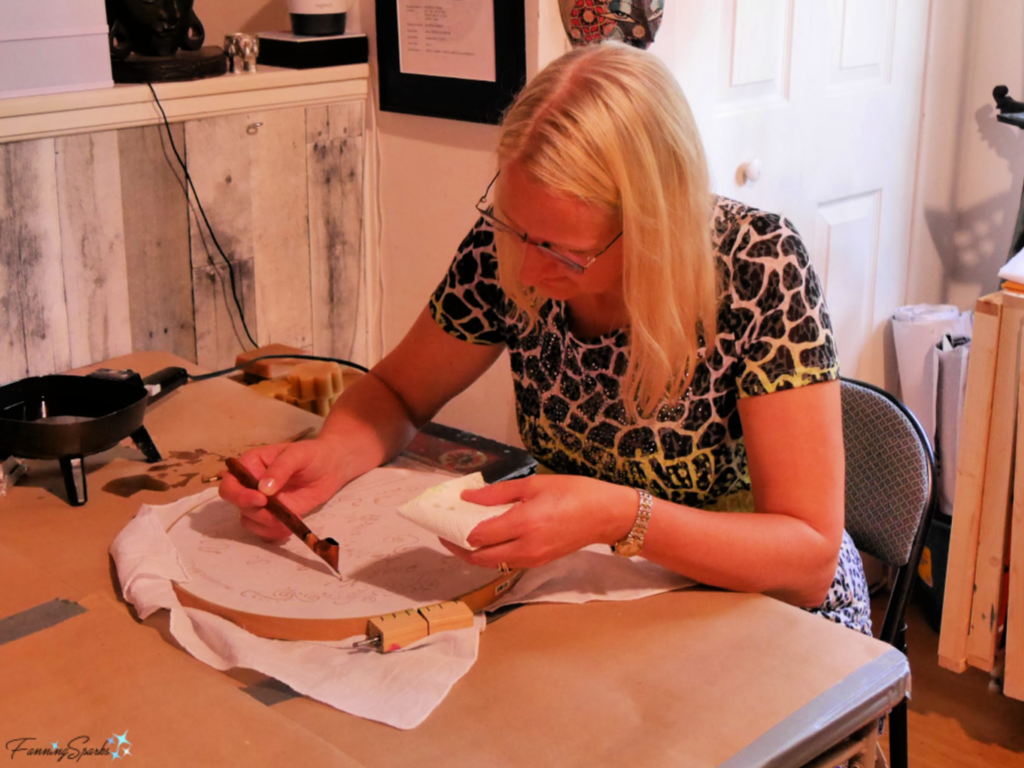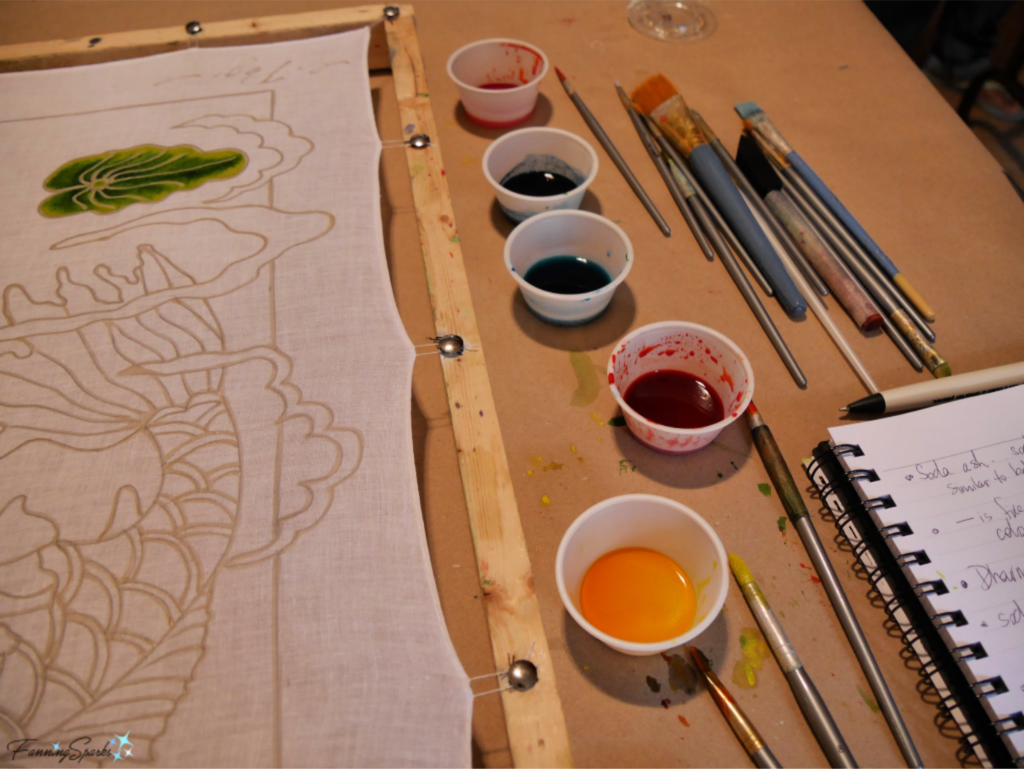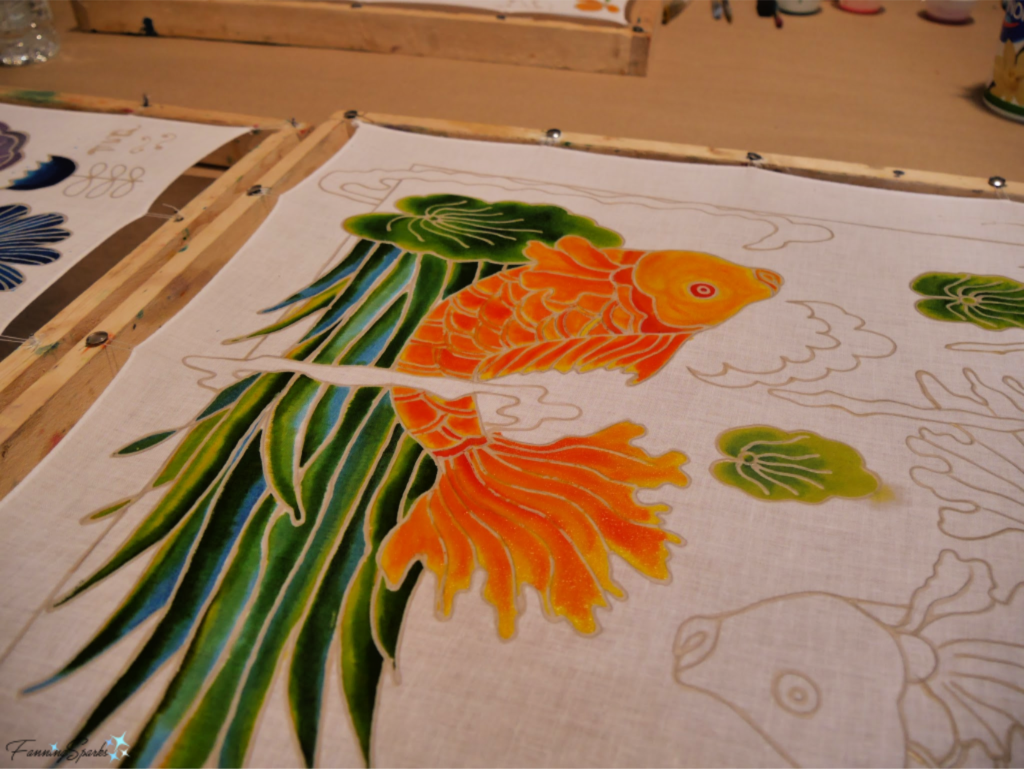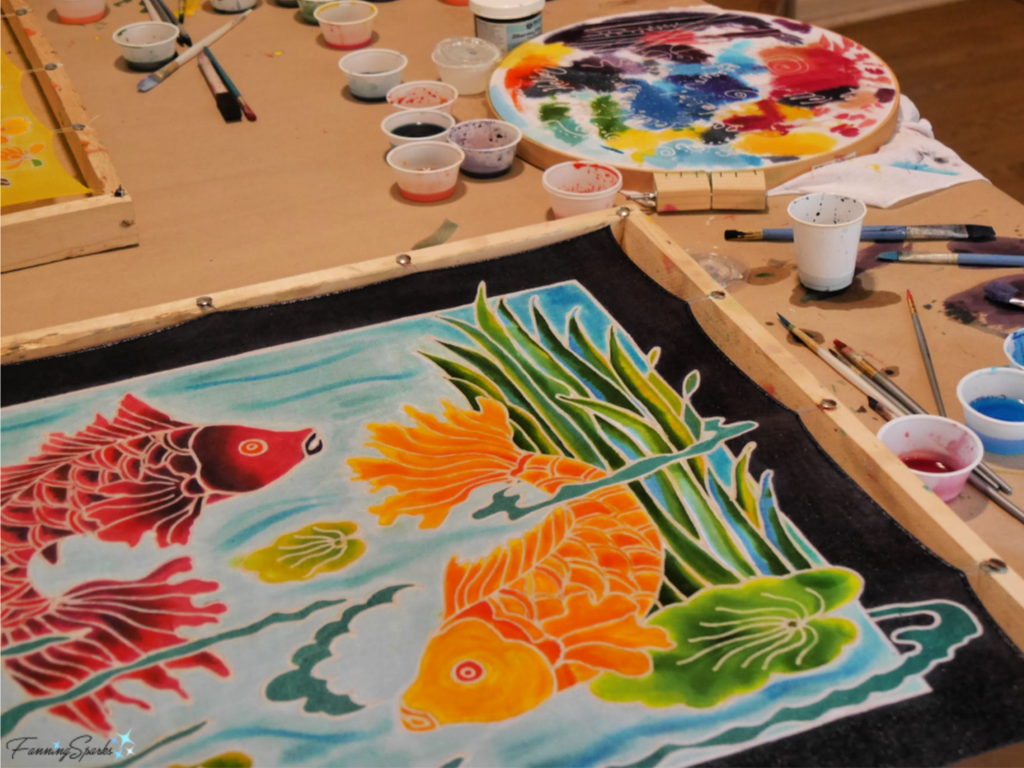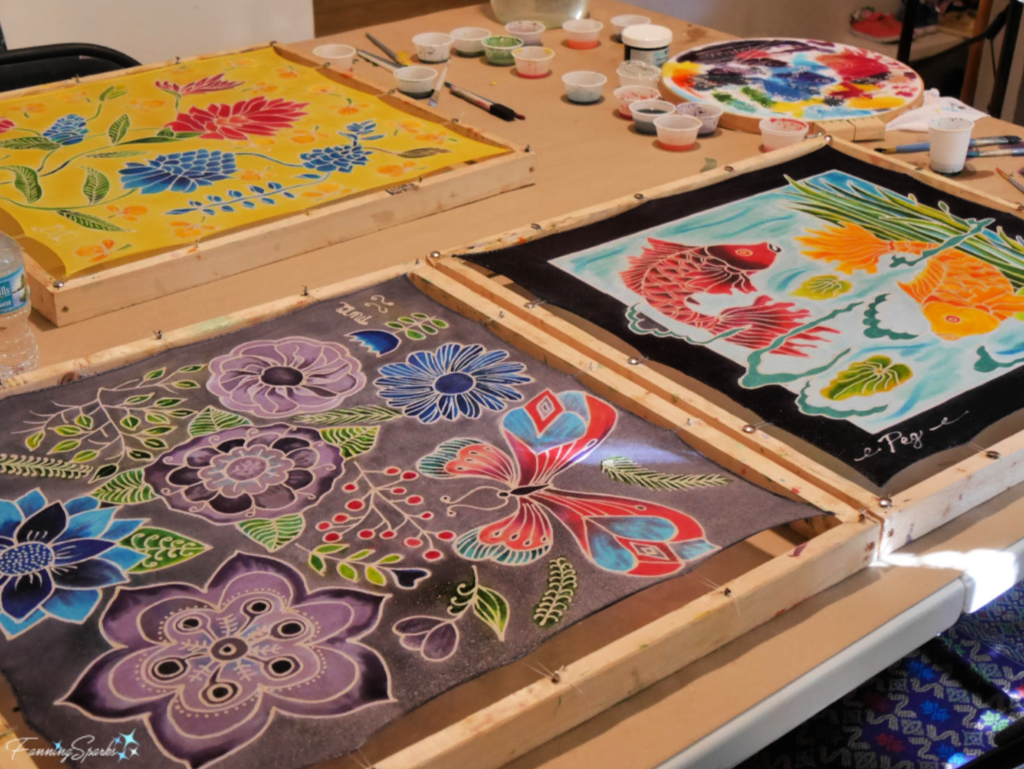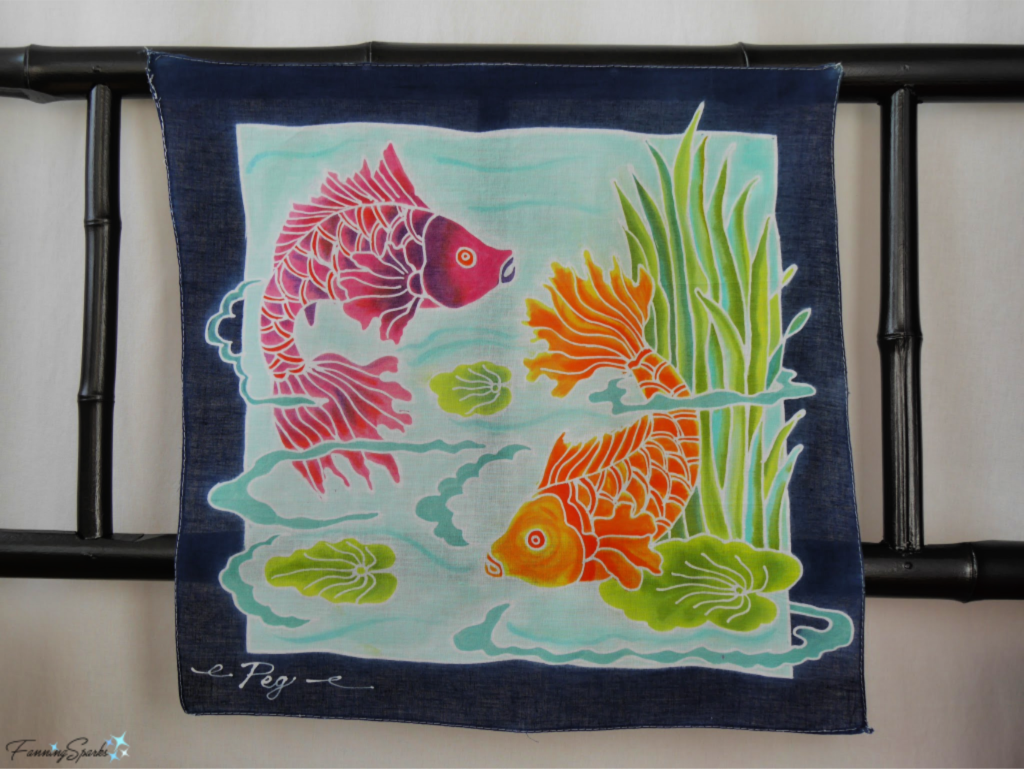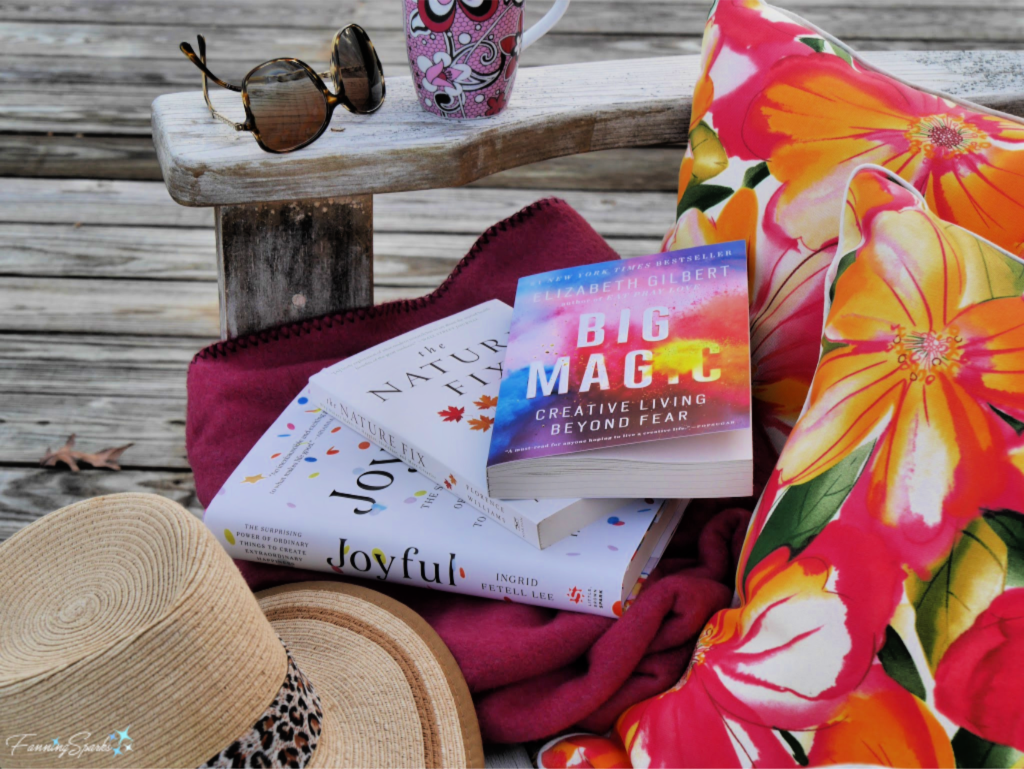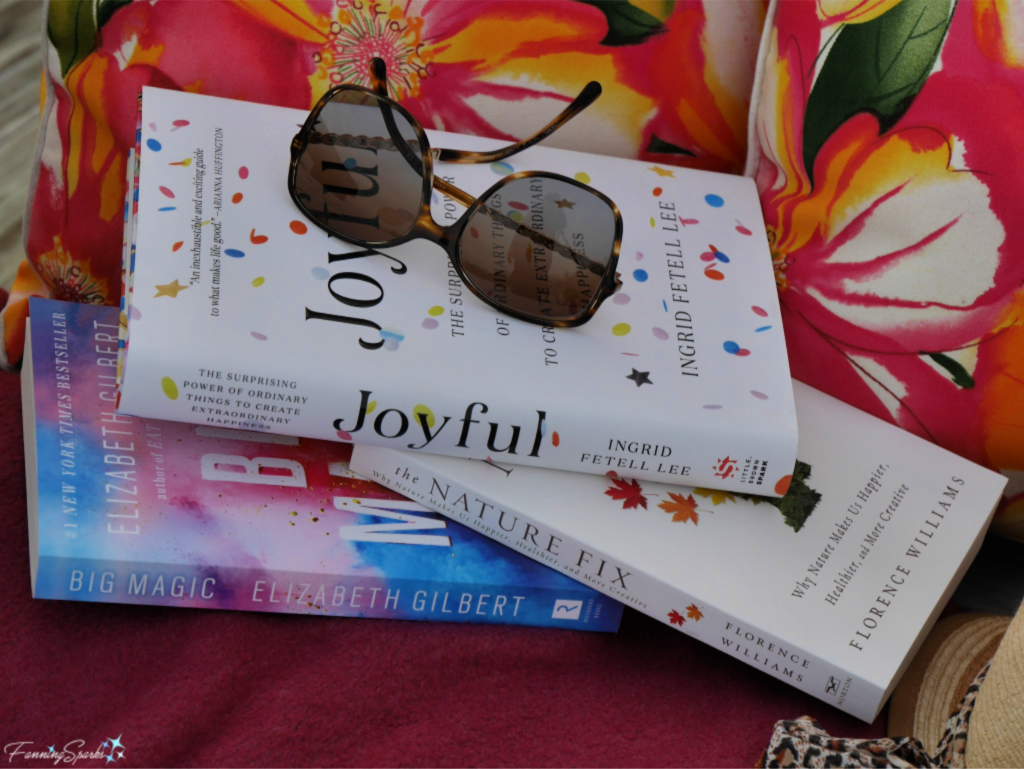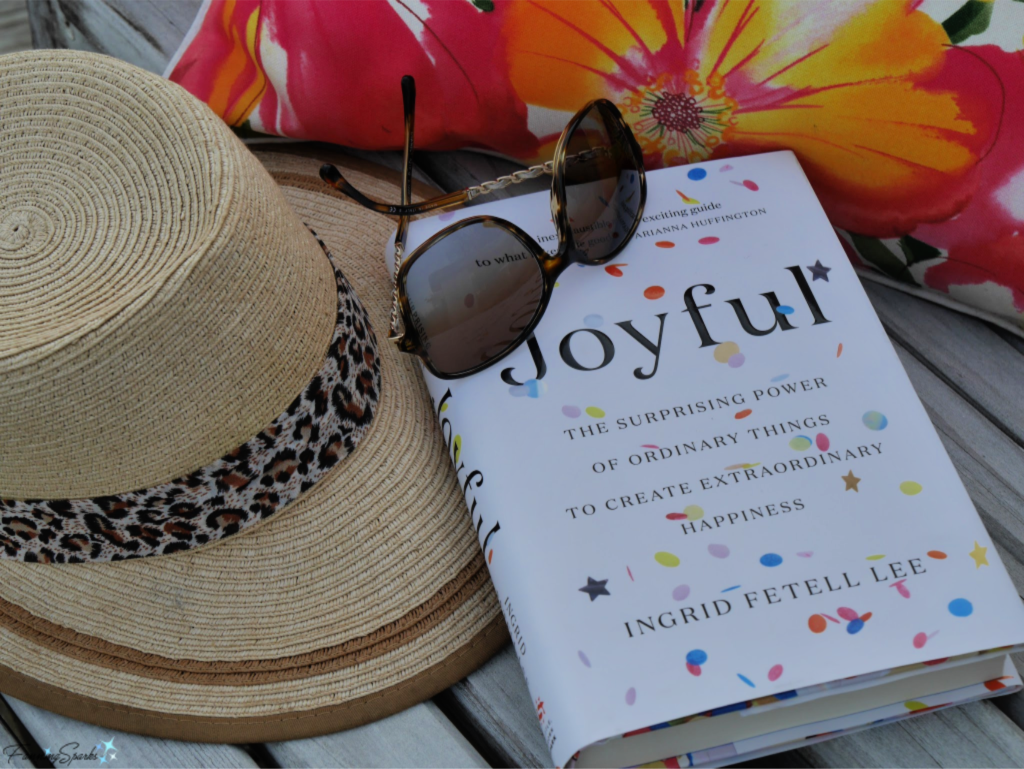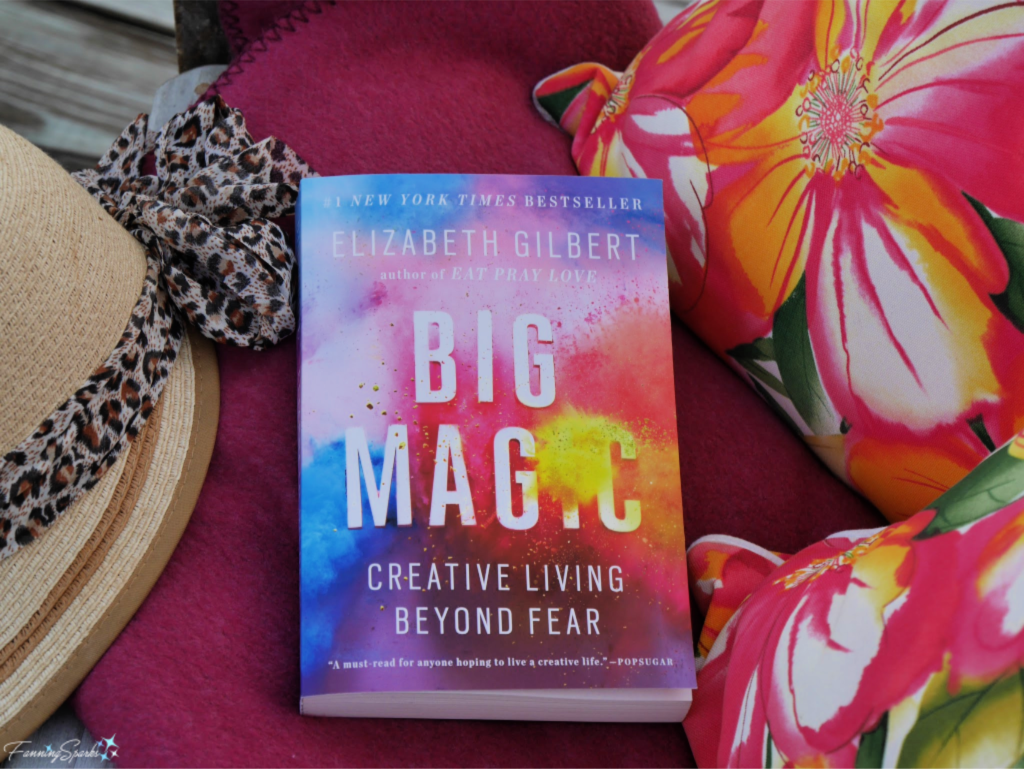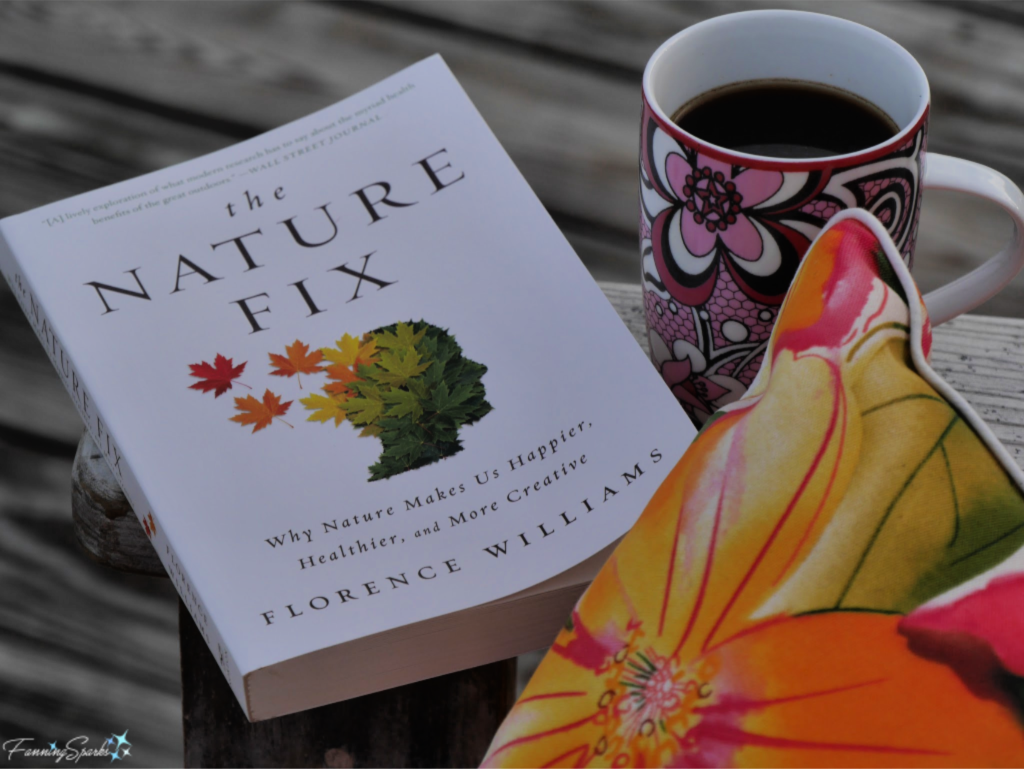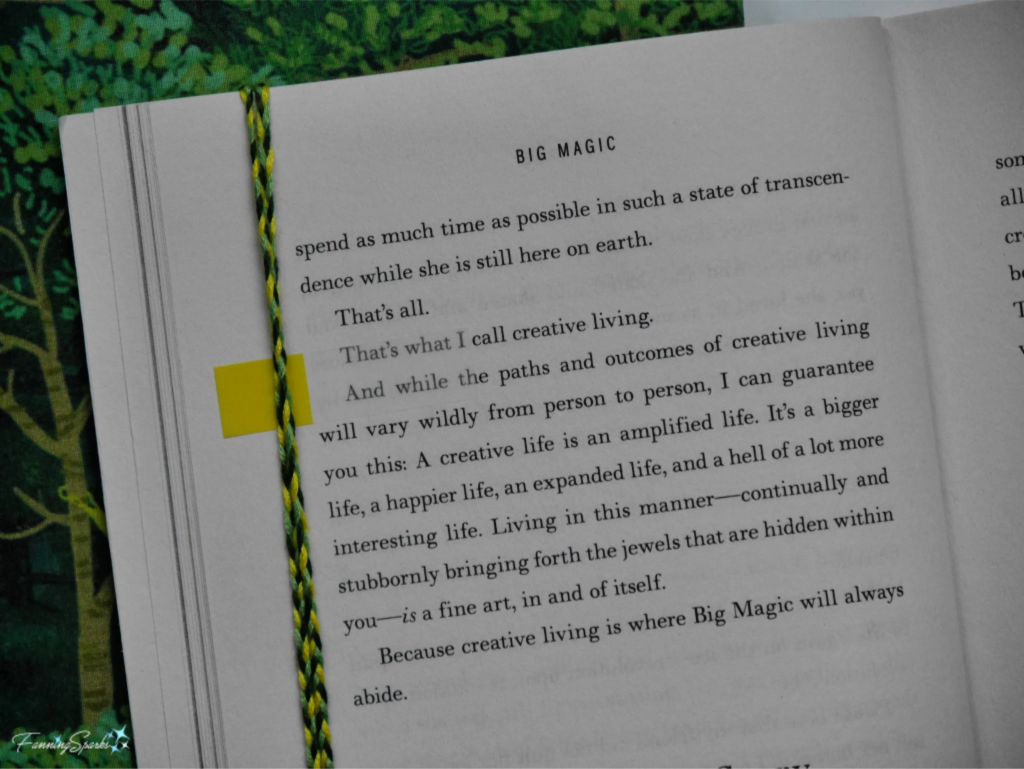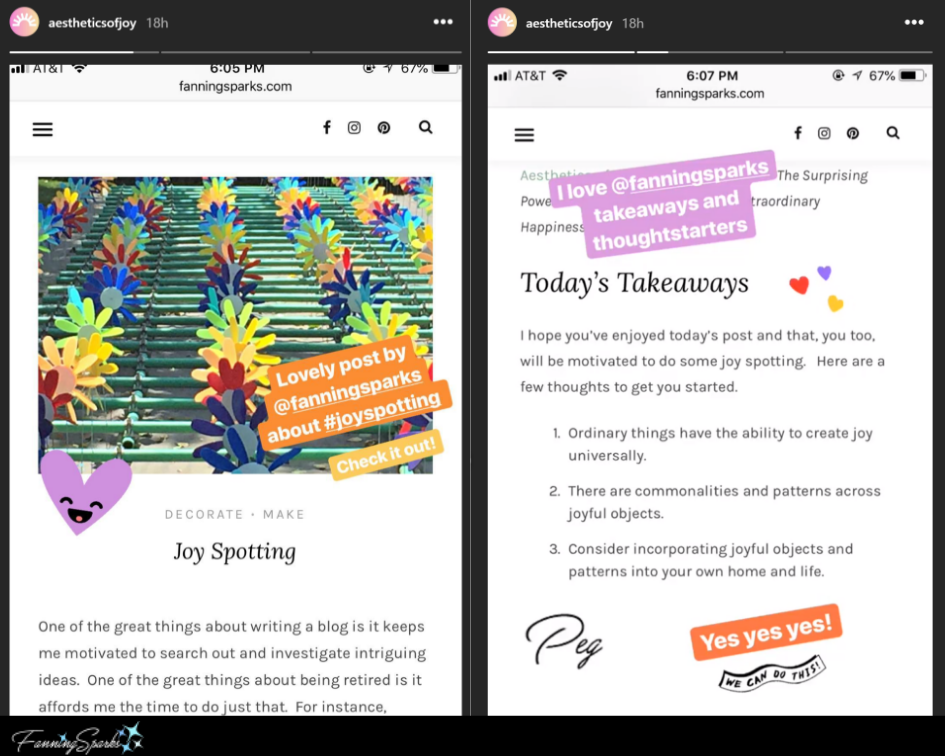Have you heard of the John C Campbell Folk School? It’s a nationally recognized school dedicated to teaching time-honored and contemporary crafts, music and dance. The Folk School offers more than 800 weeklong and weekend classes year-round in traditional and contemporary craft, art, music, dance, cooking, gardening, nature studies, photography and writing.
I’m eager to tell you about the Folk School because I’ll be spending 9 weeks learning, working and living here! I applied for and was accepted into their Work Study Program. The Program combines 5 weeks of working for the Folk School with 4 weeks of taking weeklong classes. I’m working on the gardens and grounds crew. I couldn’t be more excited! I’ve been aware of the Folk School for some time, and even visited the campus several years ago, but never managed to attend any classes or events… until now!
The Folk School is located on 300 acres in the scenic Blue Ridge Mountains of Western North Carolina in the small community of Brasstown. It provides a special blend of history, art and natural beauty.
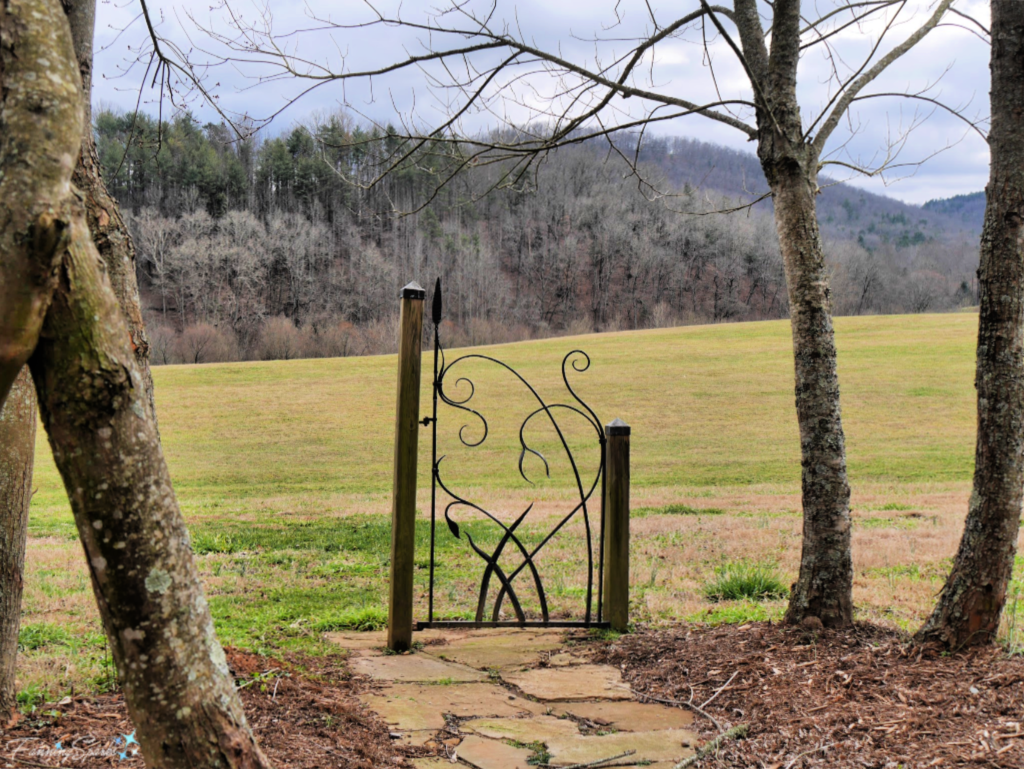
Flipping through the Course Catalog, either online or in hard copy (see More Info below), reveals an endless list of creative possibilities. Just looking at a map of the campus is enough to get a maker excited. There’s a Woodturning Studio, a Book & Paper Arts Studio, a Cooking Studio, a Blacksmith Studio, just to name a few. Davidson Hall, for instance, houses the Cooking Studio, Music Studio and Wet Room, as well as provides student housing.
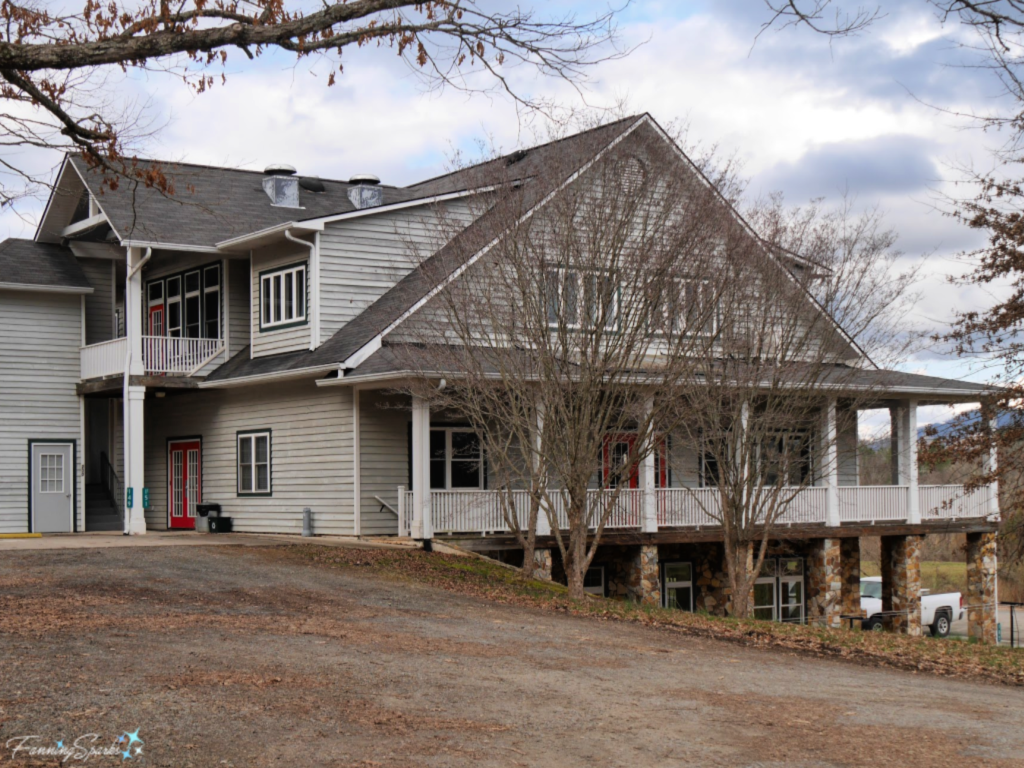
In the first week I was here, there were classes in Clay, Cooking, Felt Making, Glass, Music, Painting, Printmaking, Rugs, Woodturning and Woodworking. This is an example from the Printmaking class “What a Relief! Intro to Linoleum & Wood-Block Printmaking” with instructor Donald Martin.

Talented instructors and eager students come in from across the country to share their knowledge and learn together. Class sizes are kept small for an optimal learning experience. A highlight of the week is the Student Exhibit where students display and view the work completed during the week. Here’s an example from the Glass class “Not Your Ordinary Flat-Panel Lamp” with instructor Sheryl Koch.
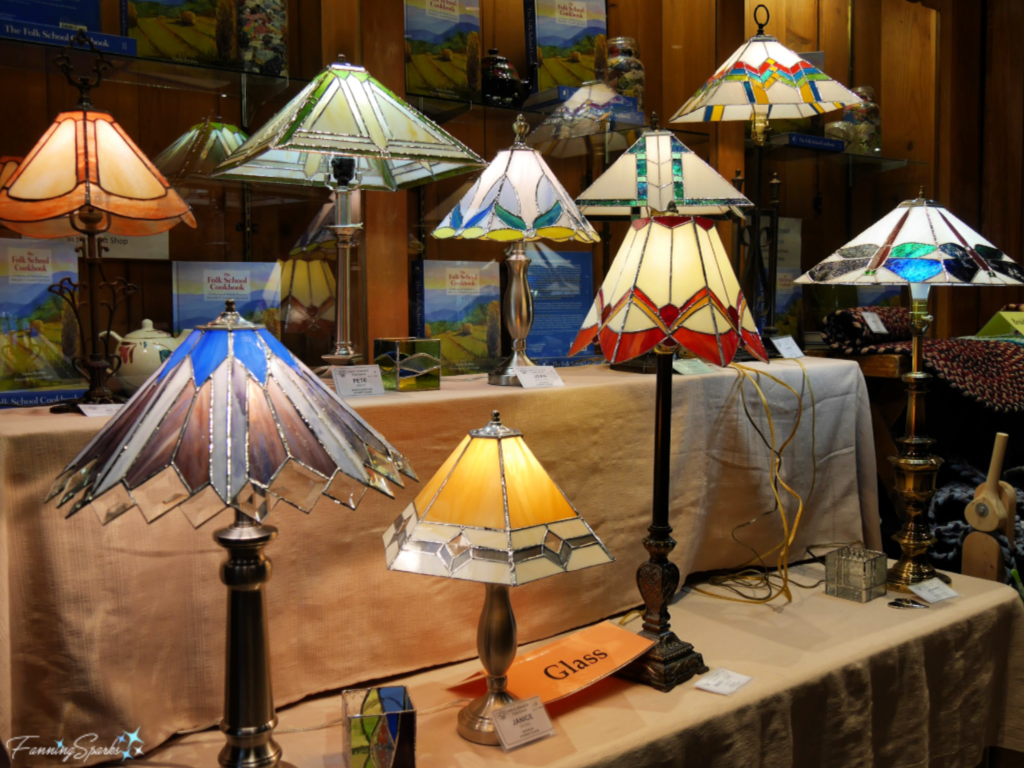
These amazing Windsor rocking chairs came from David Abeel’s Woodworking class.
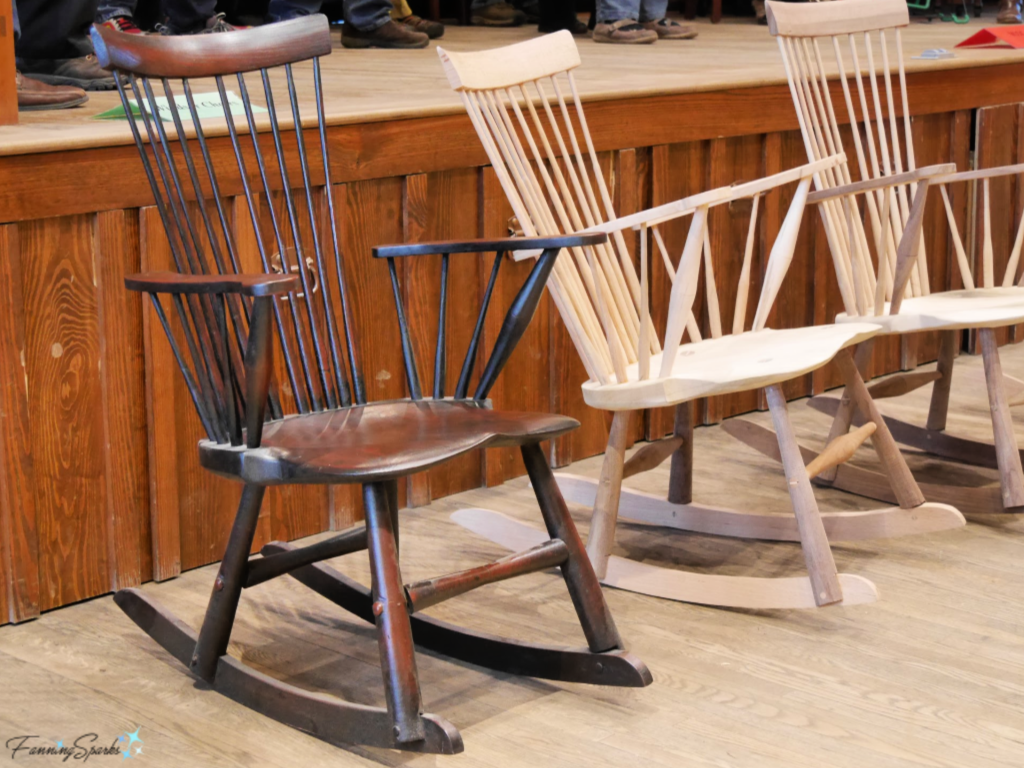
It’s worth taking a minute to consider the unique history of the Folk School because it is truly special. As stated by the Folk School: “The John C Campbell Folk School was founded in 1925, a collaboration of two progressive educators and the people of the surrounding communities. Olive Dame Campbell, Marguerite Butler Bidstrup and the local people created a unique institution that seeks to bring out the best in people. The School was named for Olive’s husband, John, who died before the School was founded. He was a Christian educator whose life’s work was trying to help mountain people. In their search for ways to help, the Campbells became interested in the Folk Schools of Denmark. These schools were devoted to life-long, non-competitive learning. When the idea of a Folk School was presented to them, the people of Brasstown, Peachtree, Martin’s Creek, Murphy, Hayesville and other communities responded enthusiastically. They pledged days of work, loads of stone and lumber, and even land to help the new school get started.”
Mixed in with modern studios and facilities, the Folk School campus showcases time-worn treasures from the past.
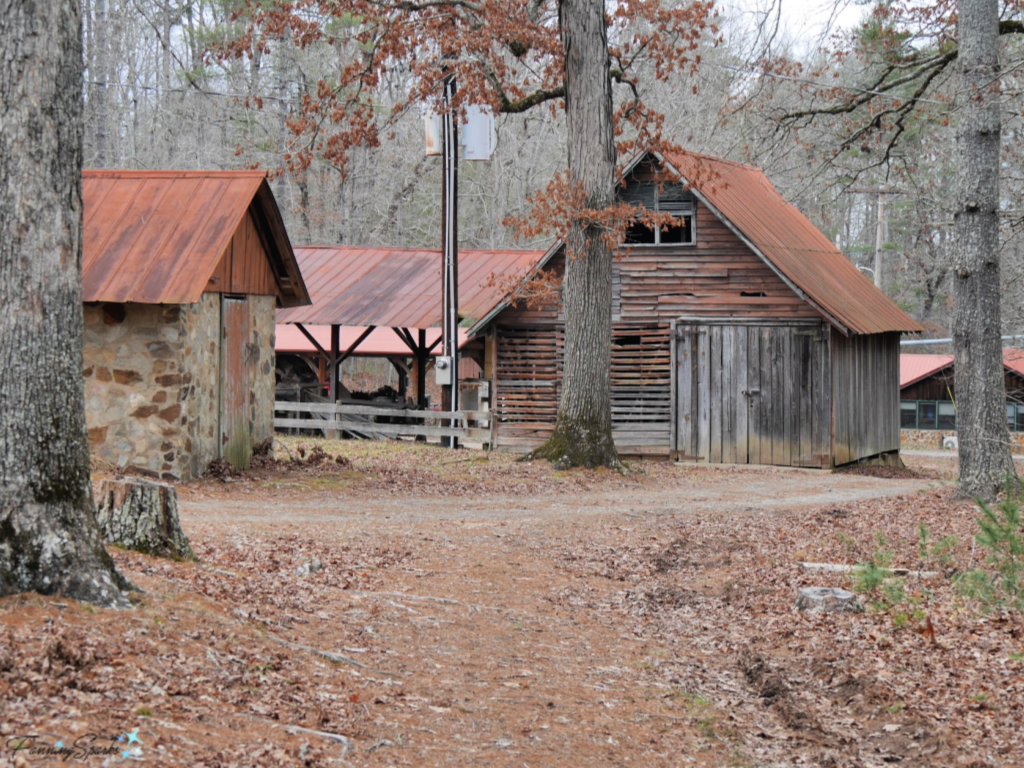
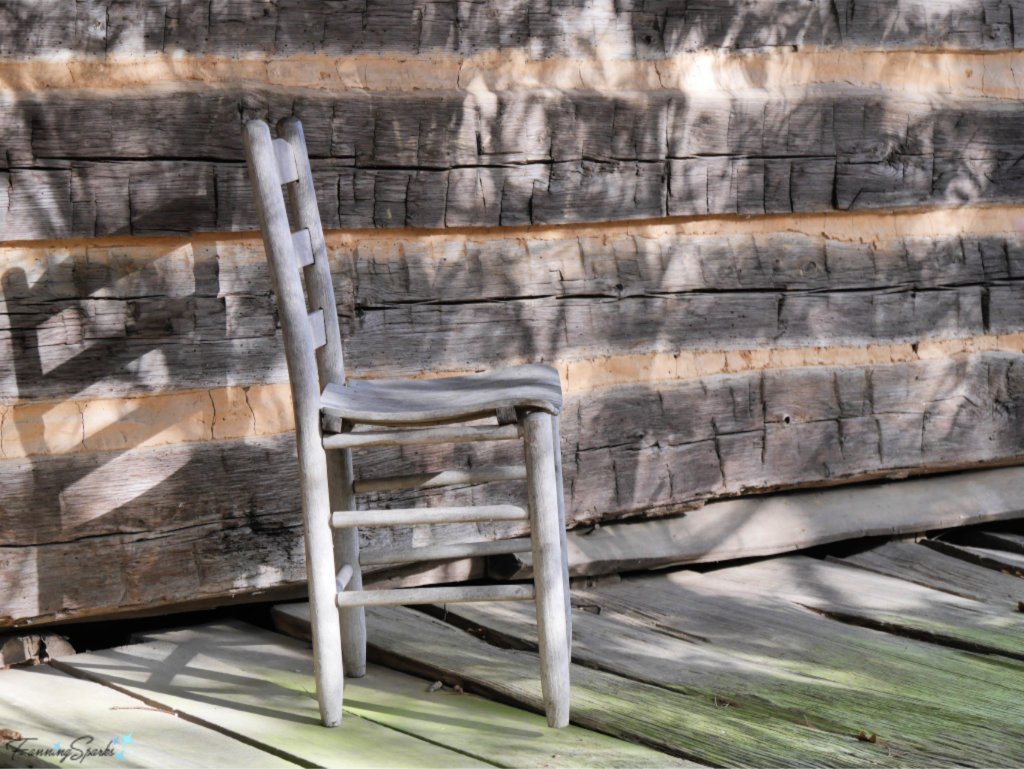
Today, the Folk School mission statement still reflects the same early ideals: “The John C. Campbell Folk School strives to provide experiences in non-competitive learning and community life that are joyful and enlivening.”
Sharing knowledge, building community and lifelong learning are beliefs that resonate with me. It’s one of the reasons I jumped at the opportunity to participate in the Work Study Program.
I arrived at the Folk School a week ago and spent my first week getting oriented and working on various yard and garden tasks. This week I will take my first class ”Intro to Glass Blowing” with Alex Greenwood and Tony Prince. The shared housing and family-style meals are a great way to get to know others. I’ve already met a host of fellow makers‒people who love to work with their hands and find joy in making. My first impressions are very positive and I can’t wait to see what the next 8 weeks will bring!
More Info
You can learn more on the John C Campbell Folk School website, their Facebook page or Instagram account. Information about the Work Study program is found here.
Mar 6 2019 Update: The fun continues at the Folk School! Check out the following posts:
. Weave a Market Basket
. Artistic Details Around Campus
. Carving in Brasstown
. Getting Started with Woodcarving
Today’s Takeaways
1. Consider taking classes at the John C Campbell Folk School in North Carolina or at a Craft or Folk School near you.
2. Seek out fellow makers to connect and re-energize.
3. Consider the many benefits of lifelong learning.


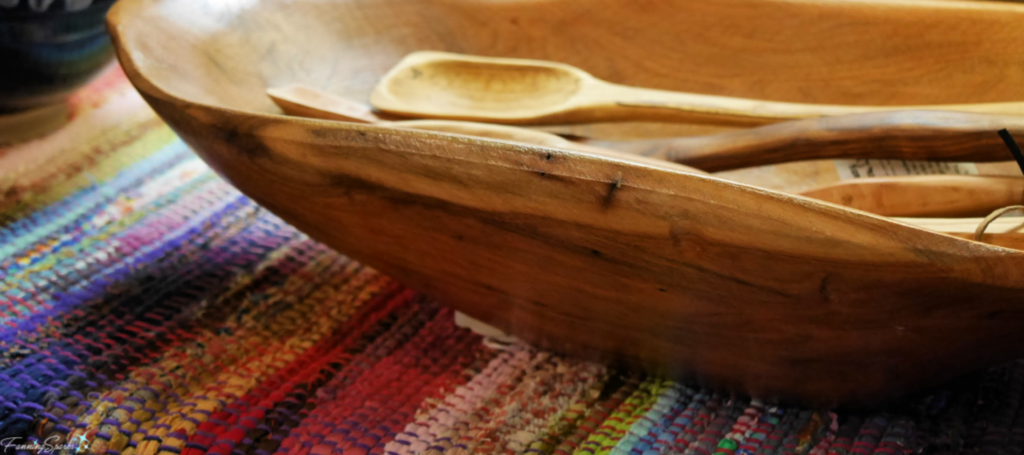
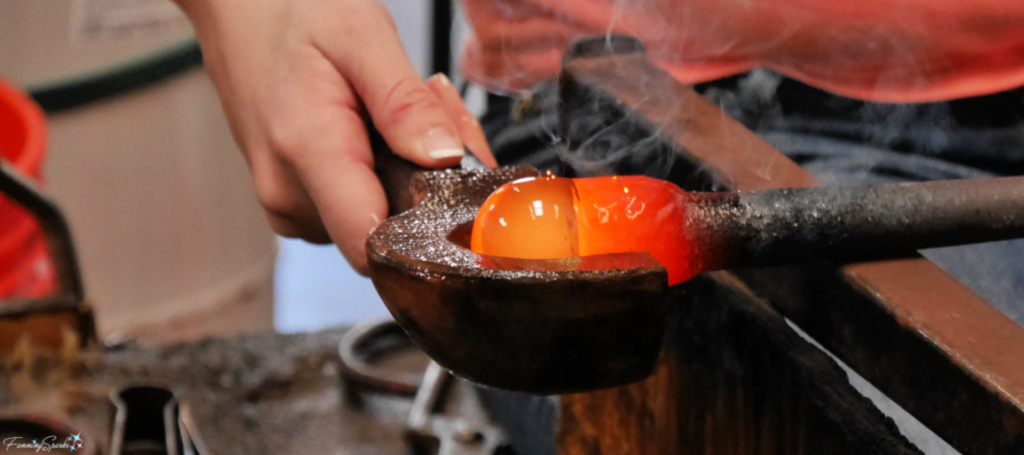
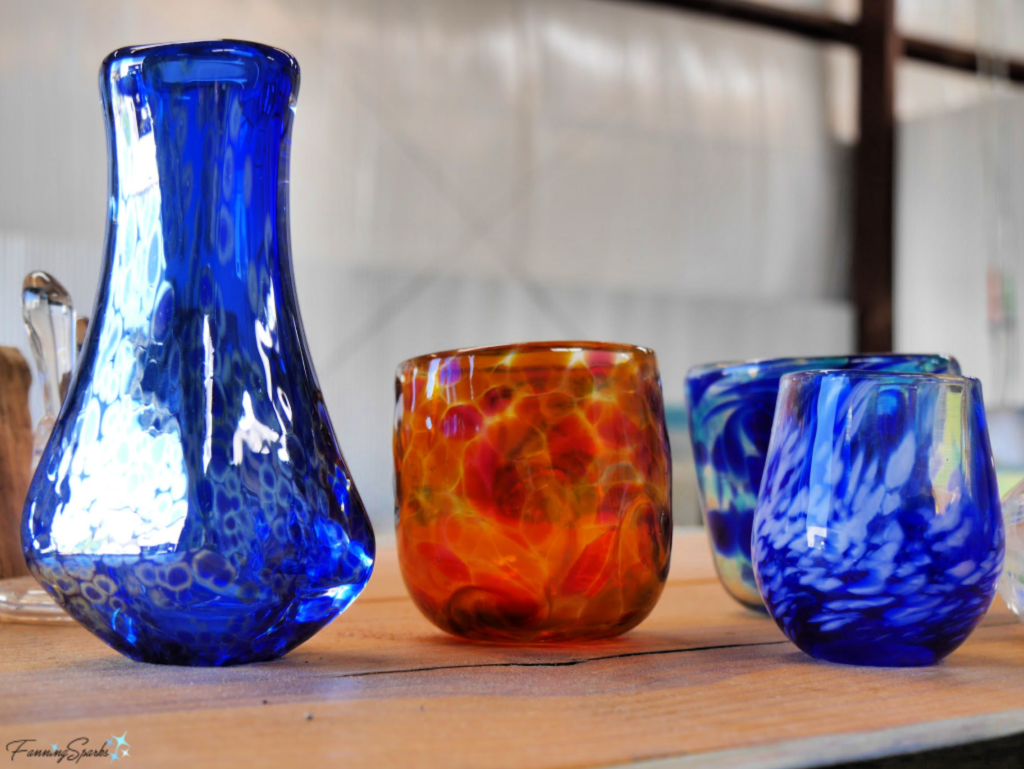
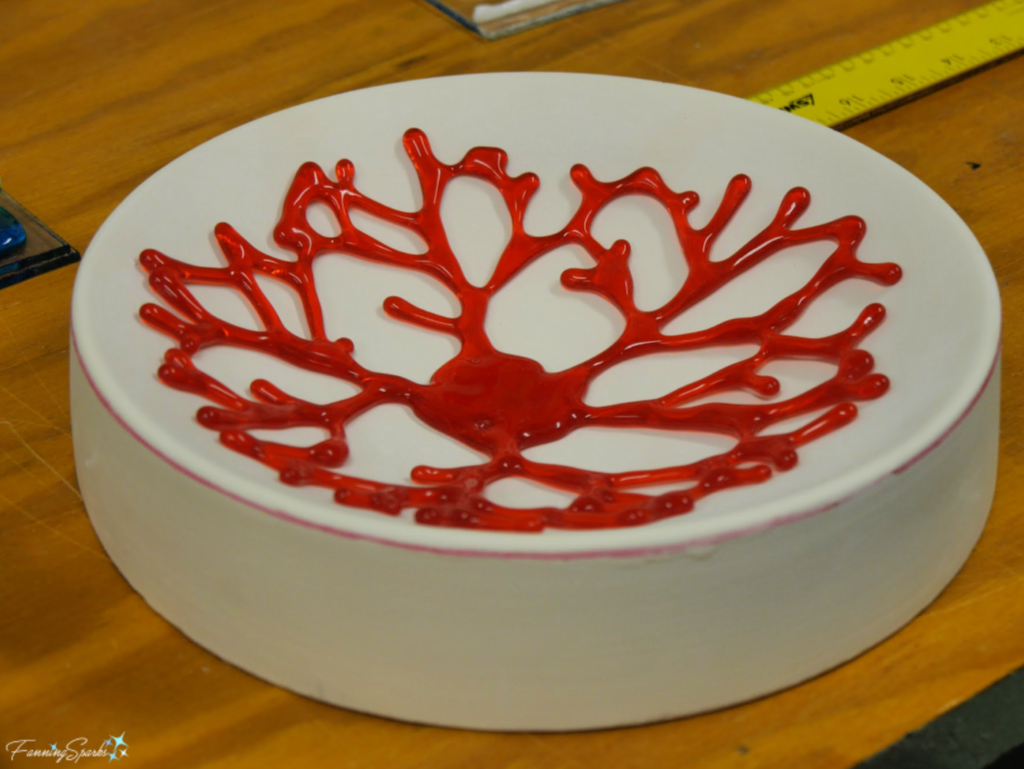 This pretty plaque was created with glass fusing.
This pretty plaque was created with glass fusing. 3. Cold glass techniques include grinding, polishing, etching, and engraving. According to Wikipedia, traditional stained glass work and lead crystal also fit in this category. Lead crystal, such as the well-known Waterford Crystal, is made by cutting glass with a diamond saw, or copper wheels embedded with abrasives, and polishing it to give gleaming facets.
3. Cold glass techniques include grinding, polishing, etching, and engraving. According to Wikipedia, traditional stained glass work and lead crystal also fit in this category. Lead crystal, such as the well-known Waterford Crystal, is made by cutting glass with a diamond saw, or copper wheels embedded with abrasives, and polishing it to give gleaming facets.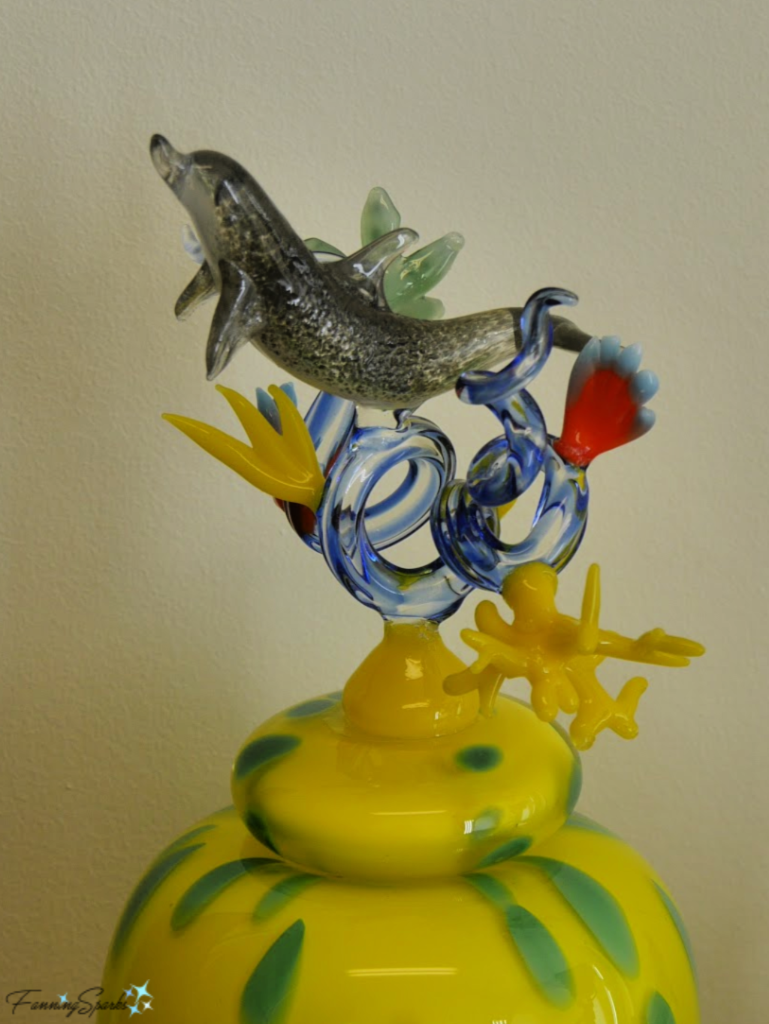
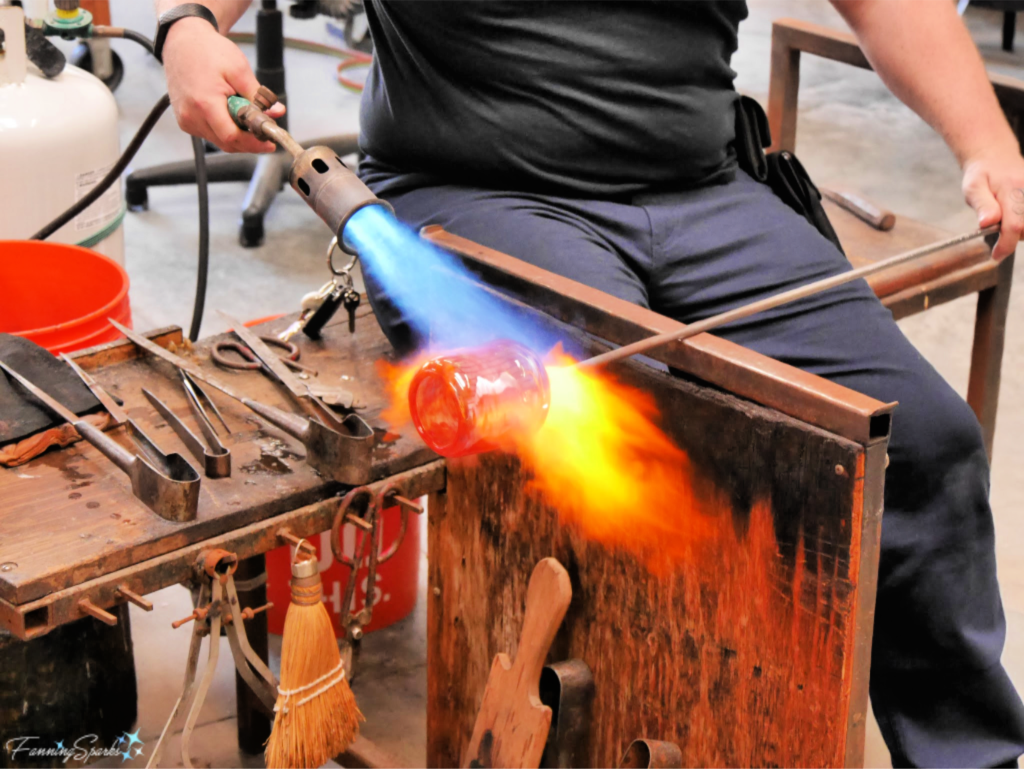
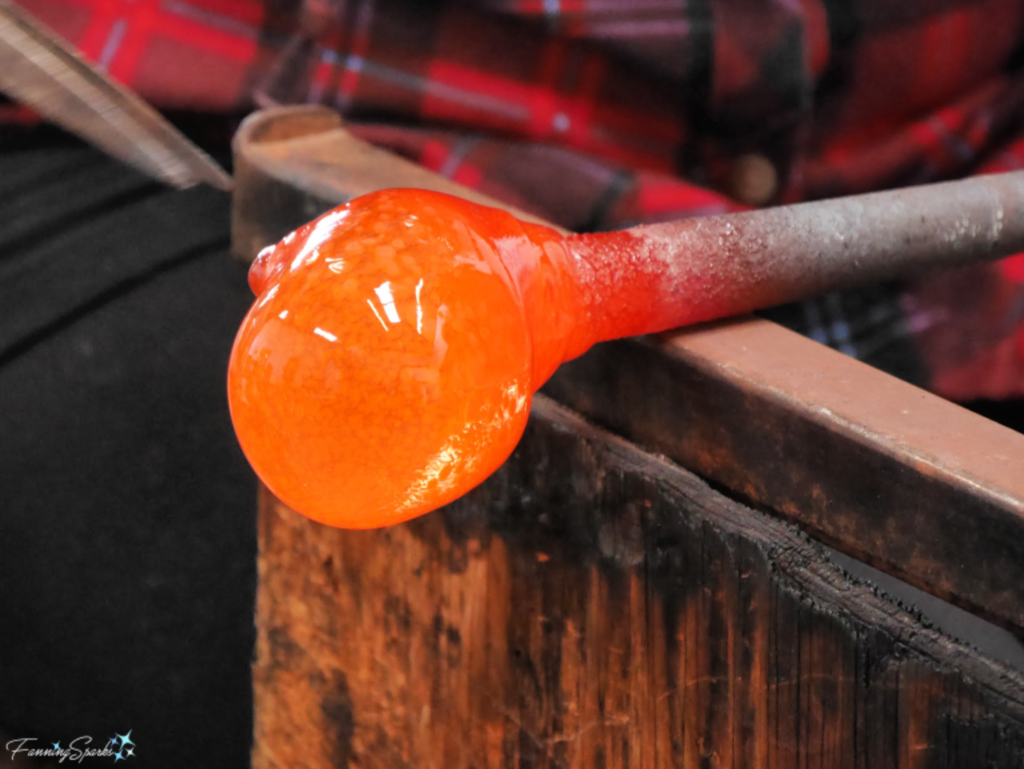
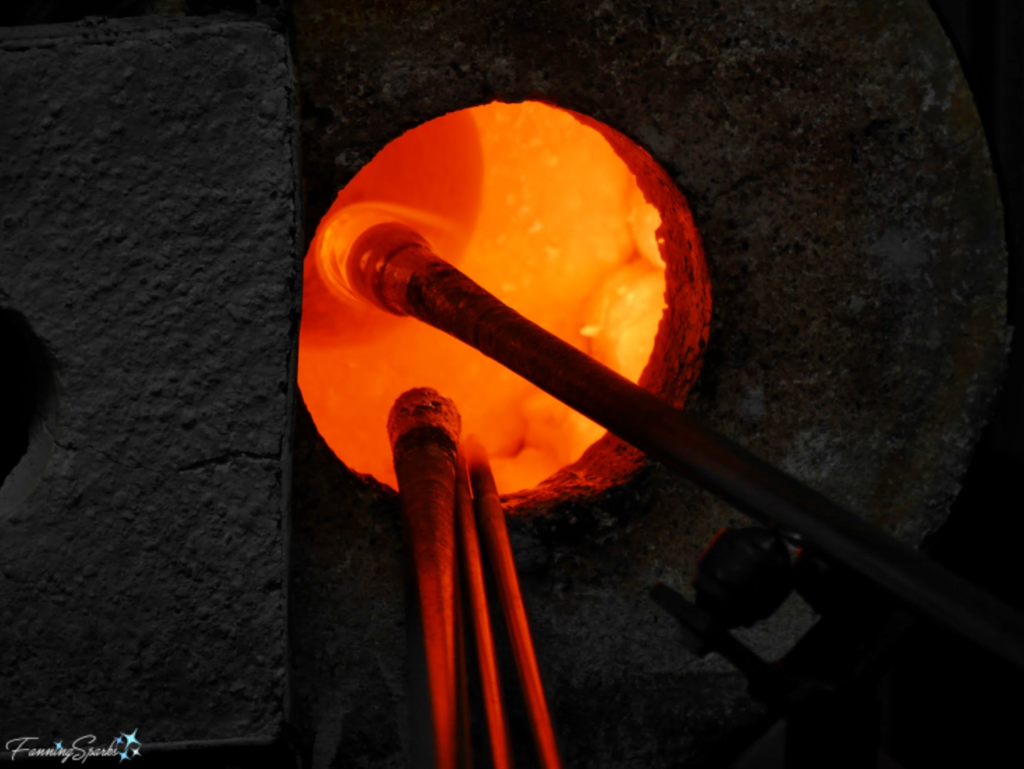
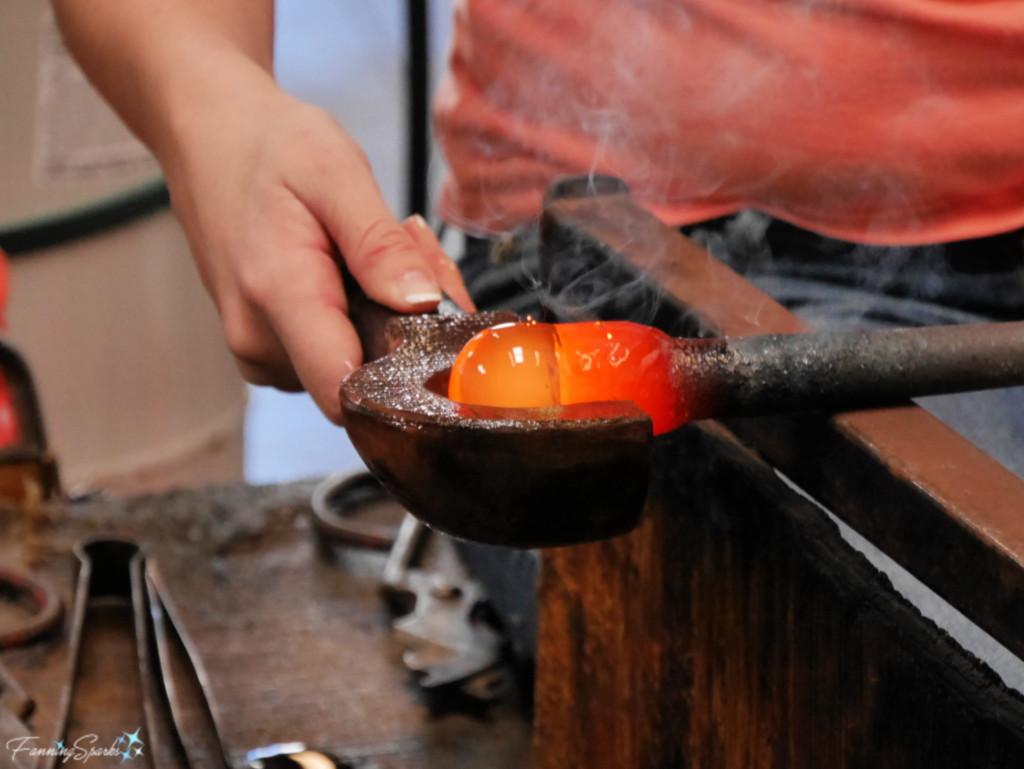
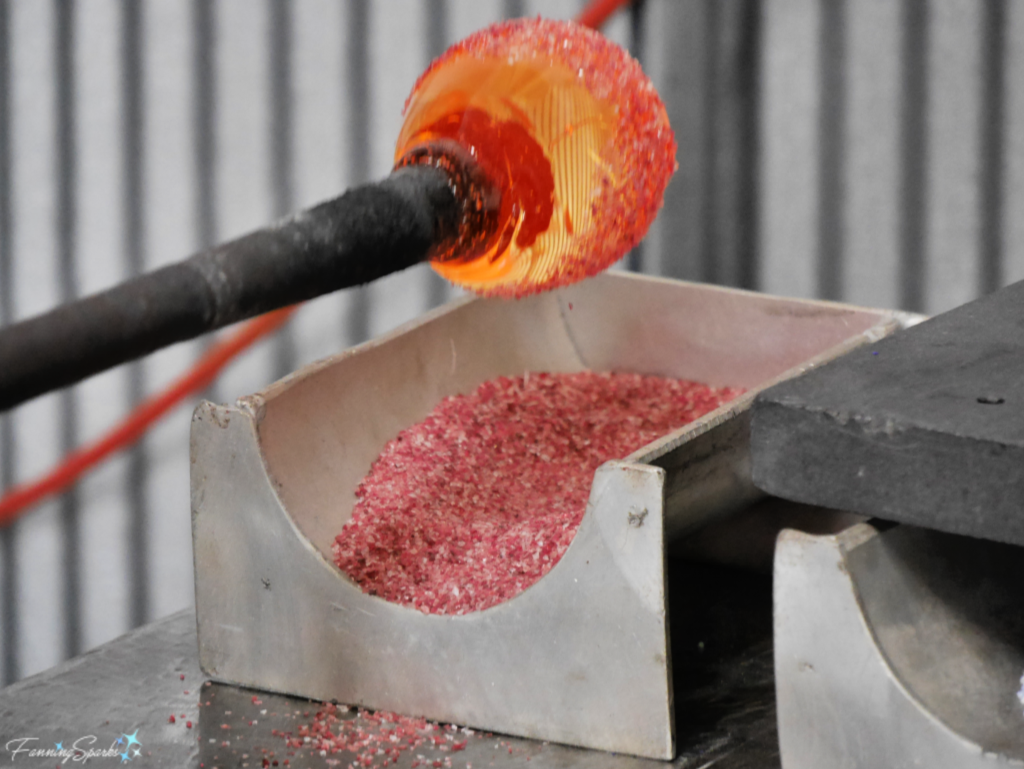
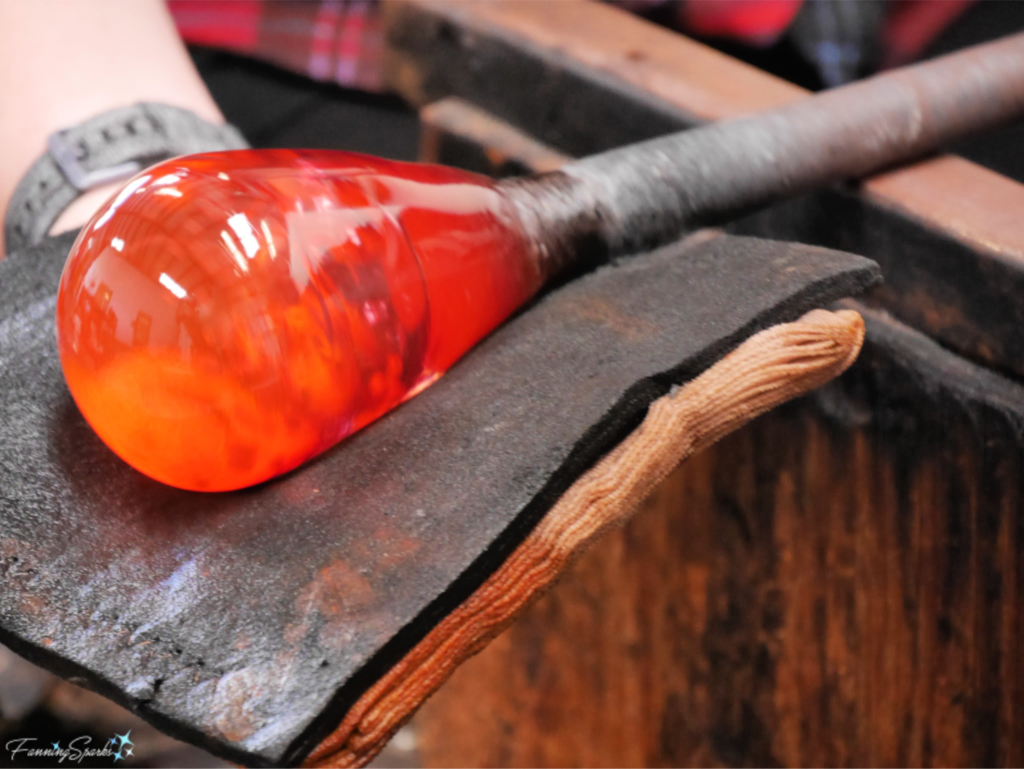

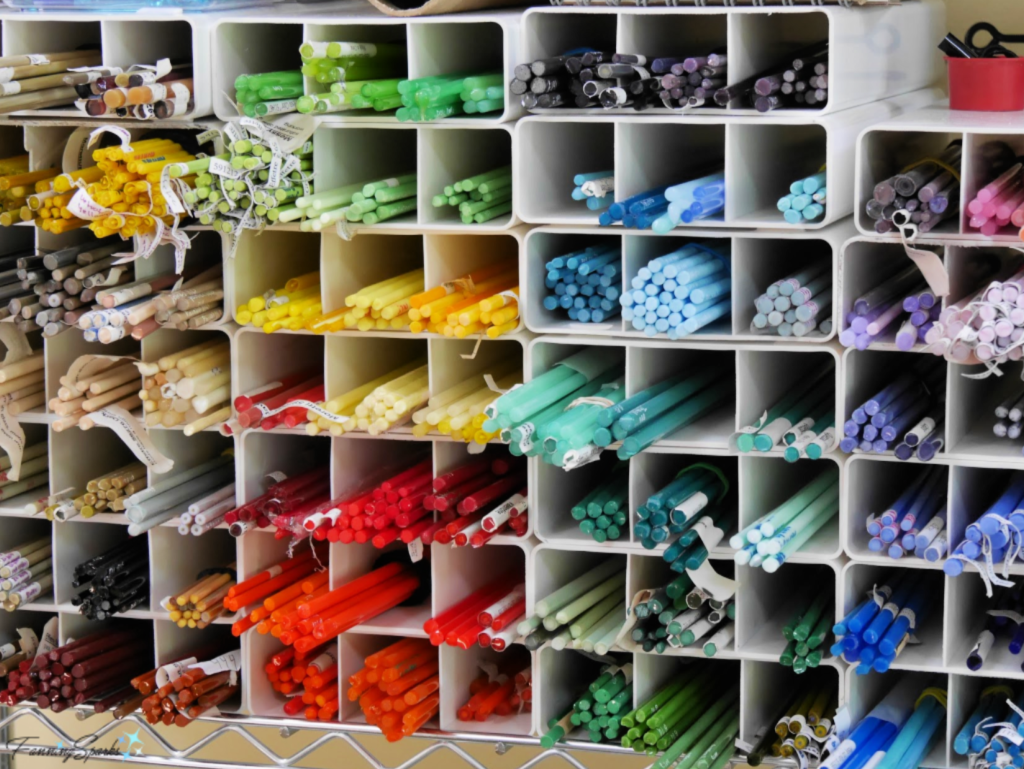
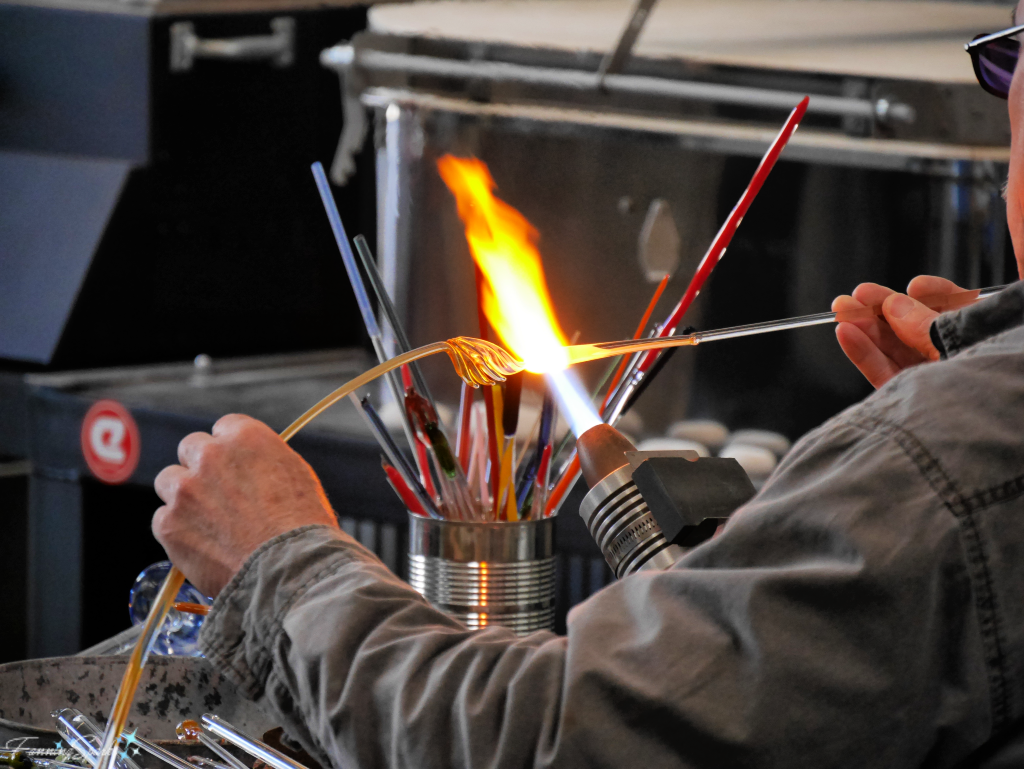
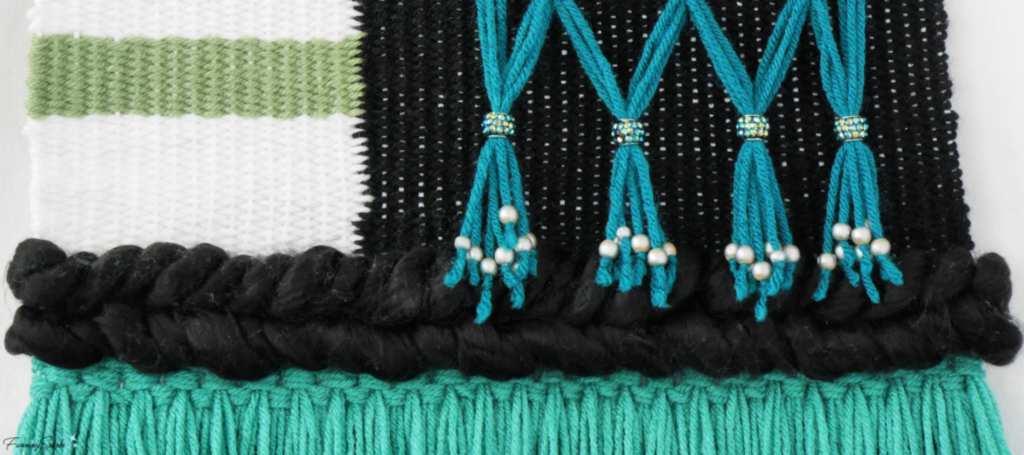
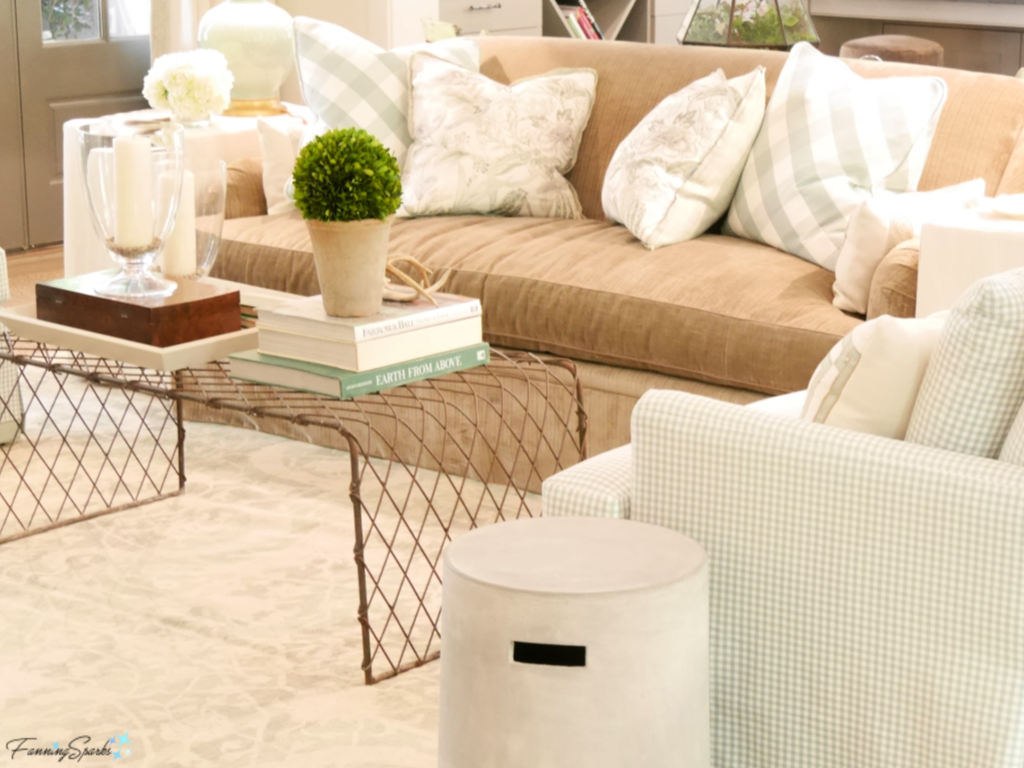
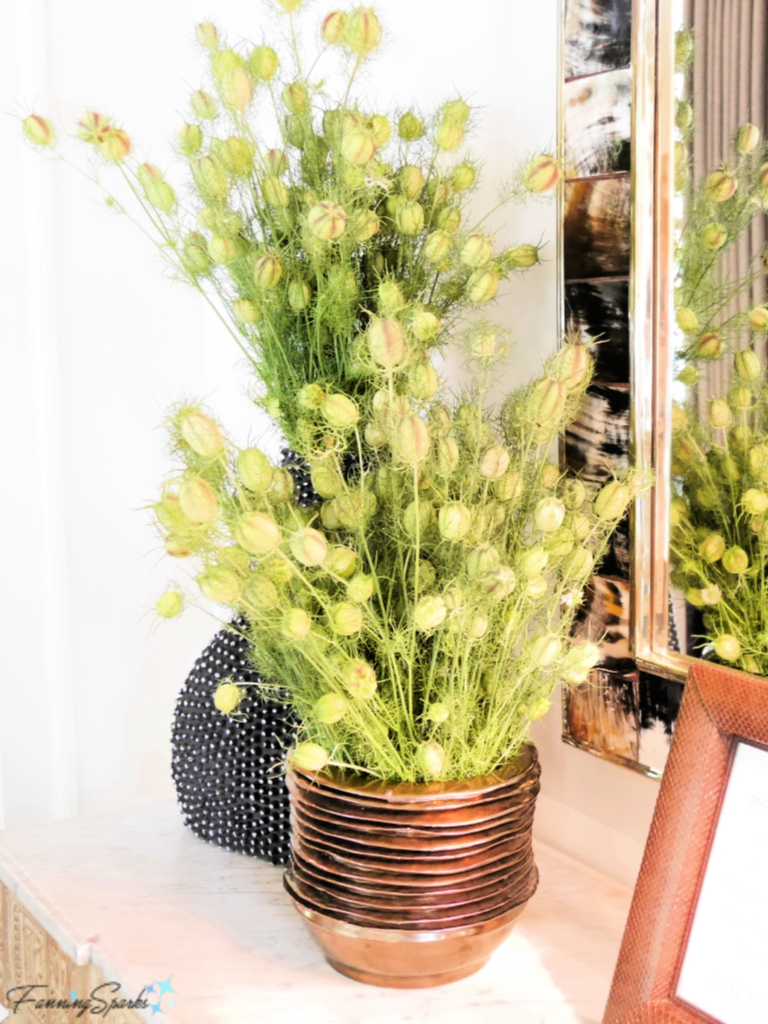
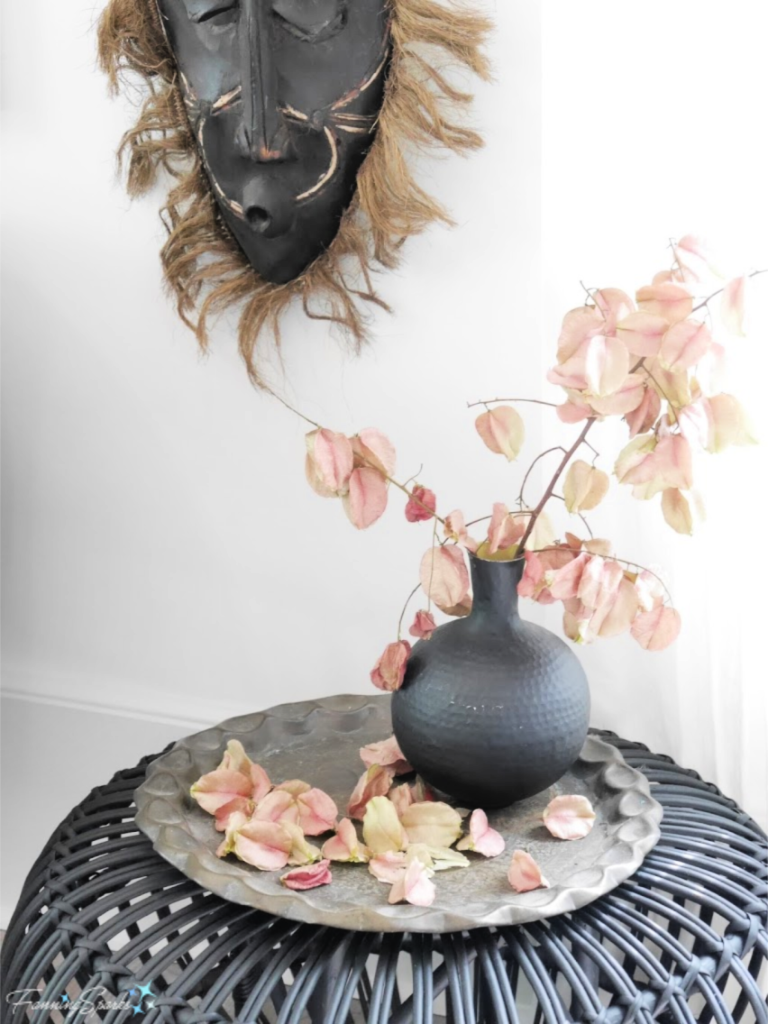
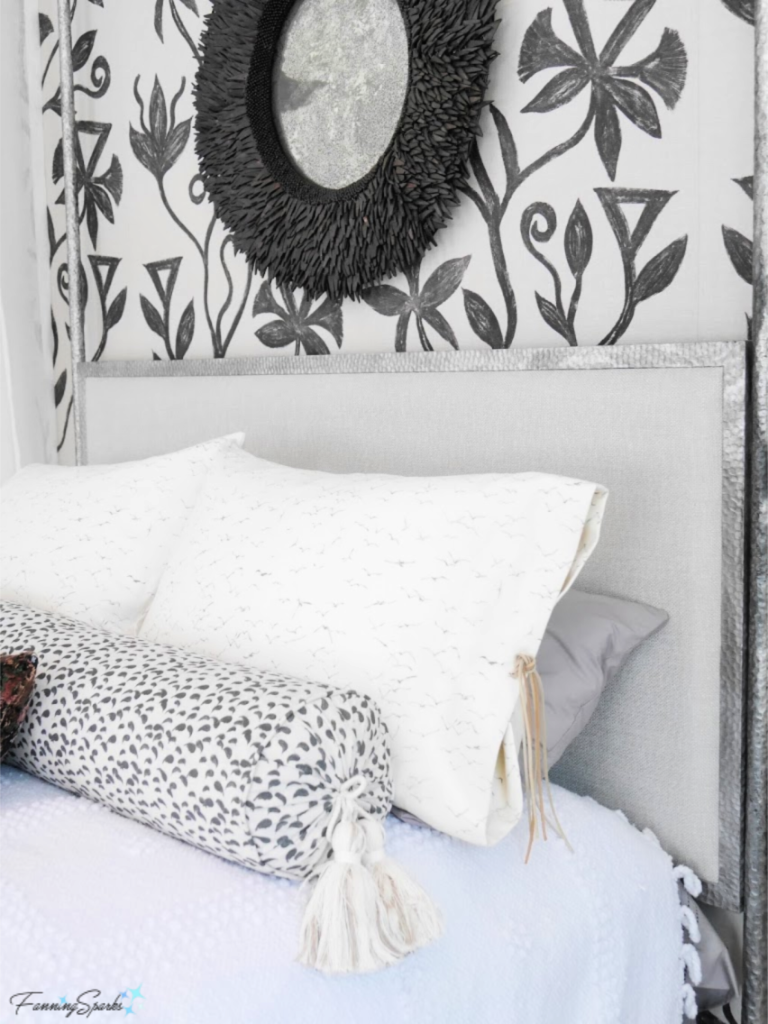
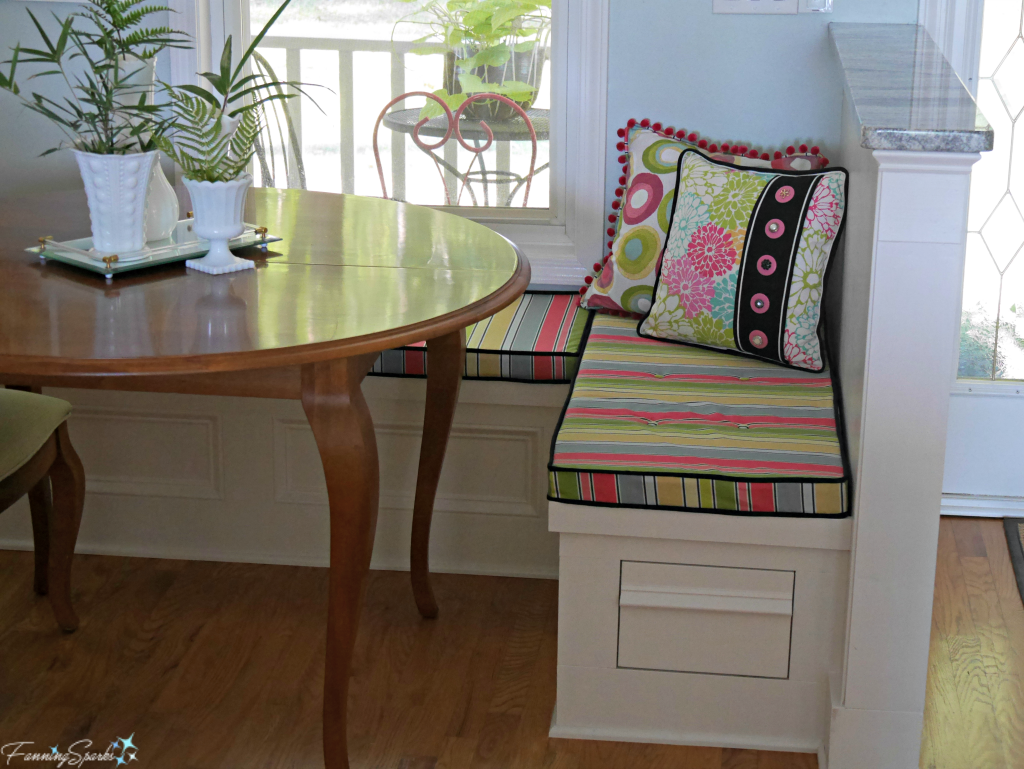
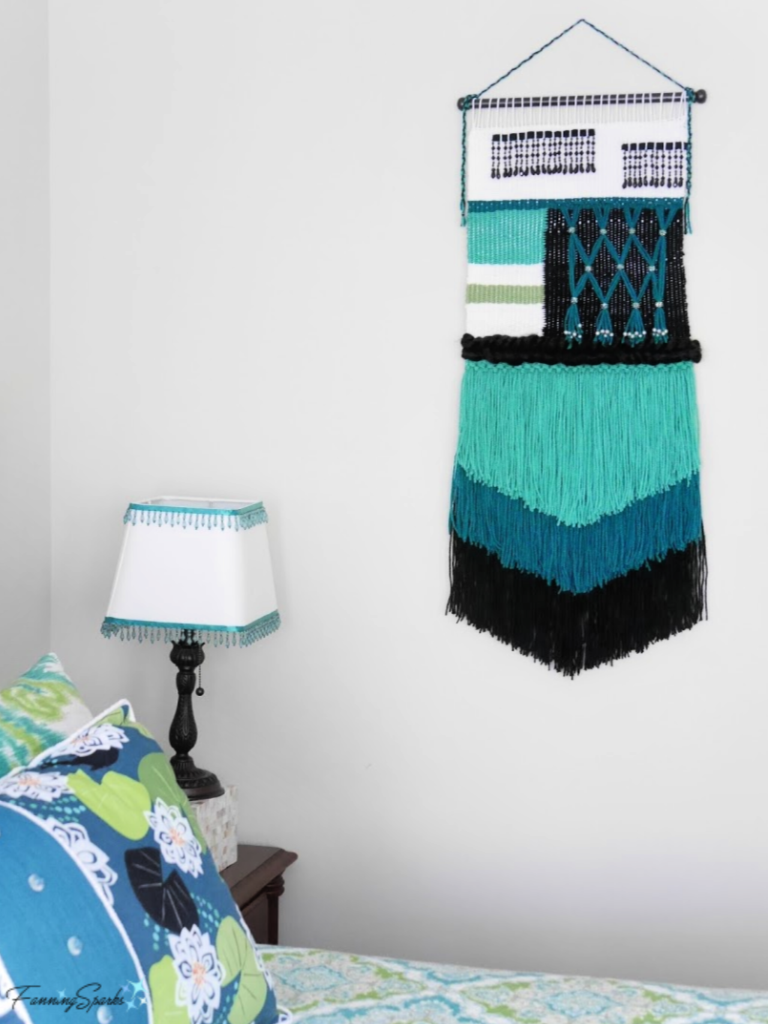
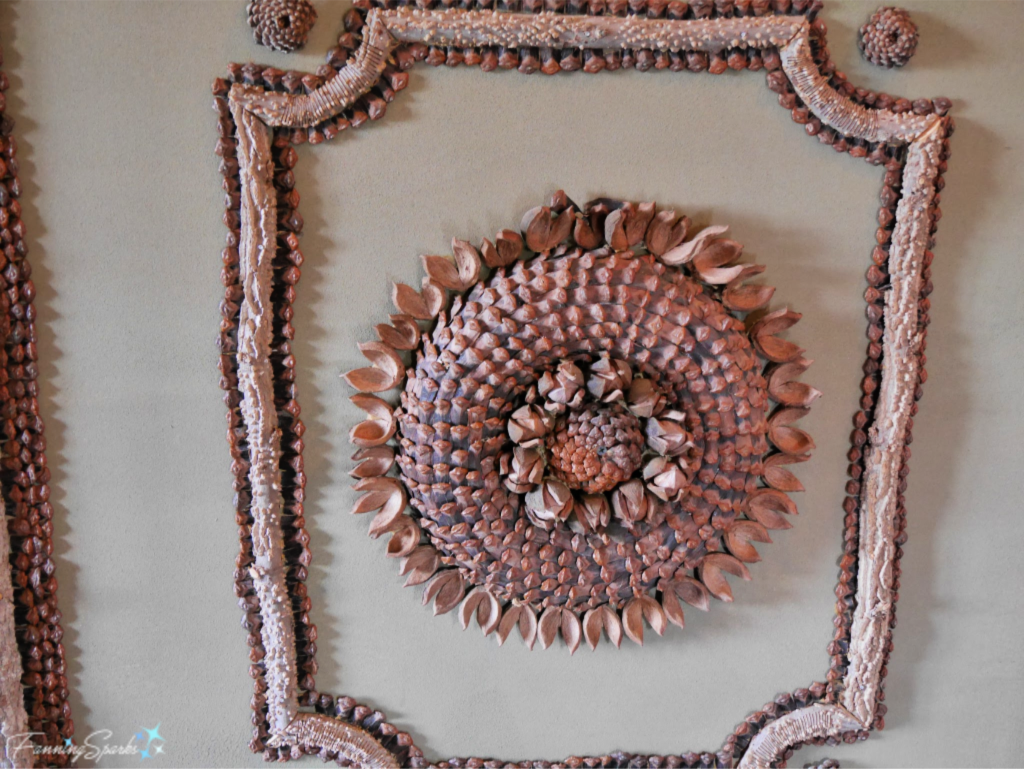

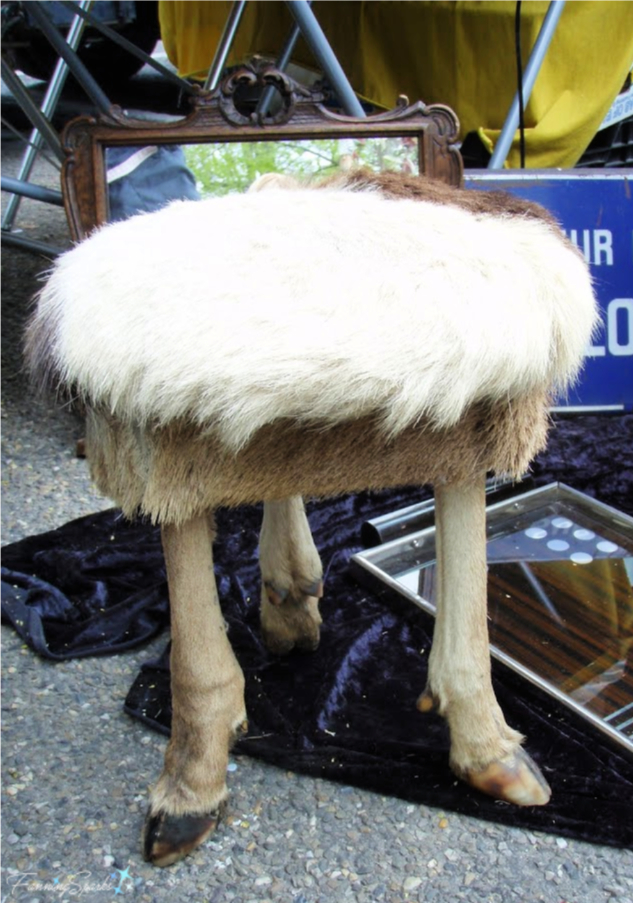

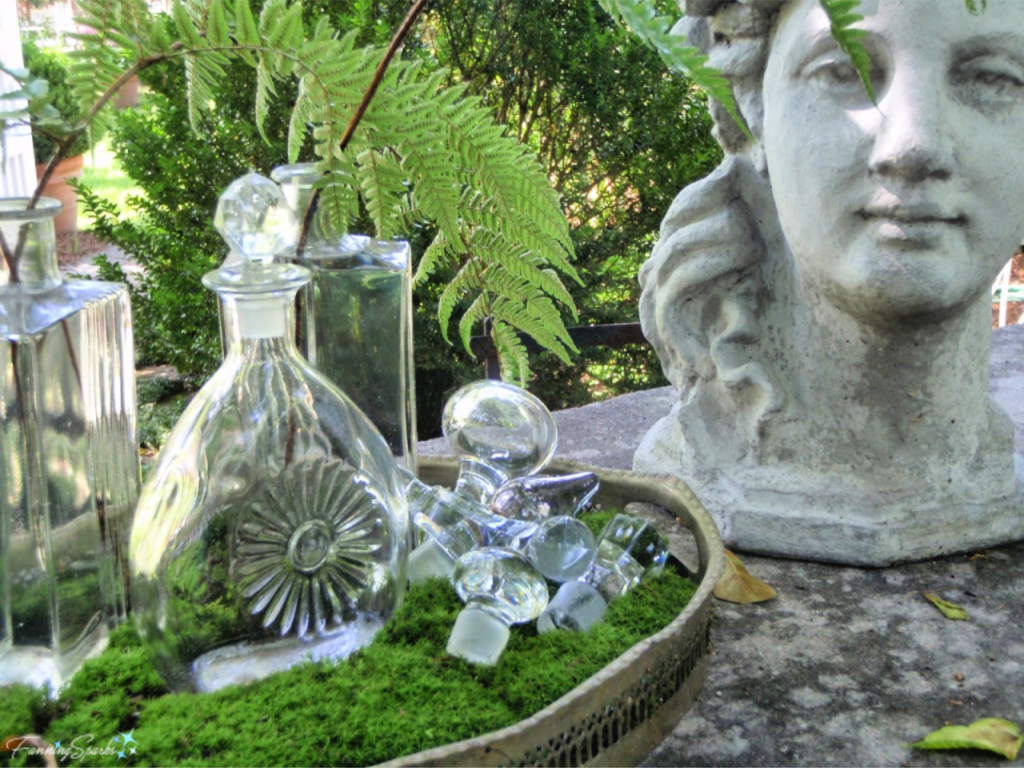
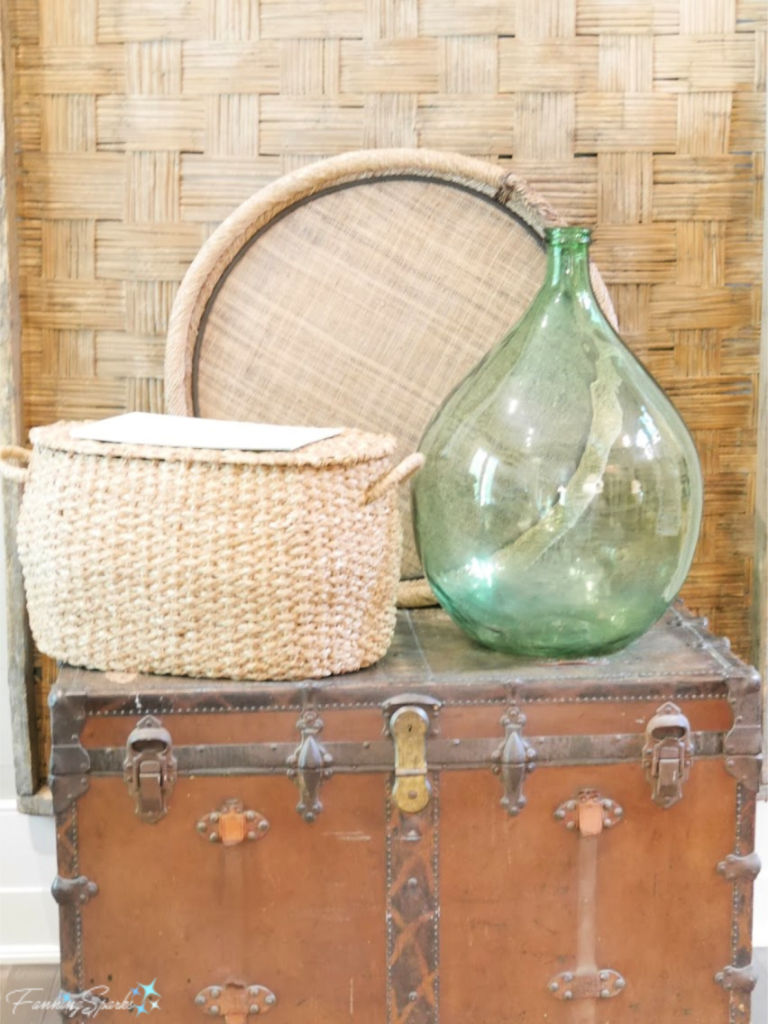
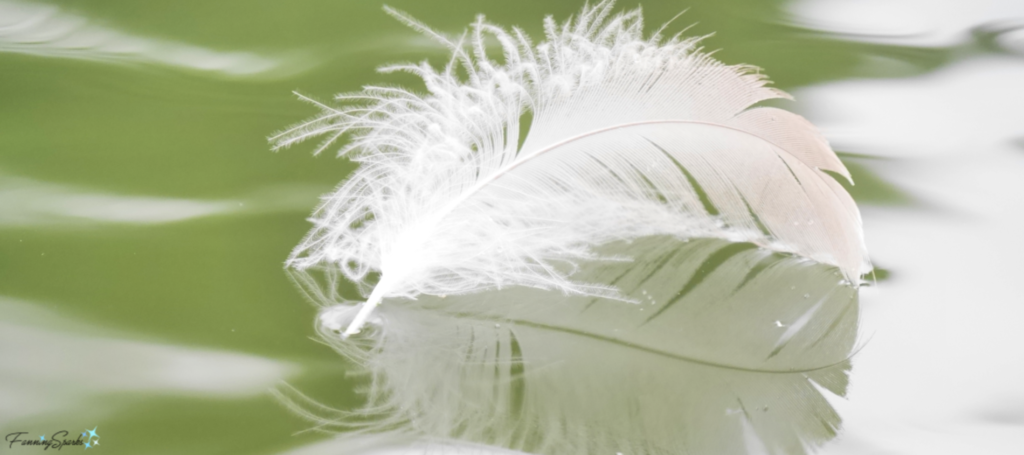
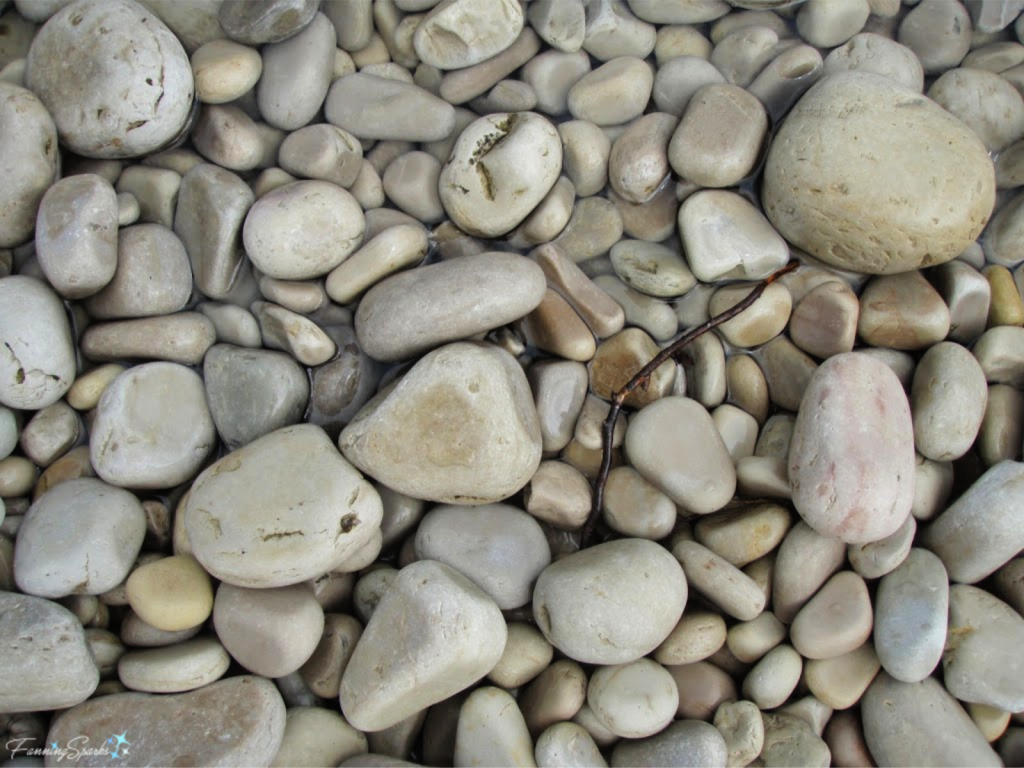
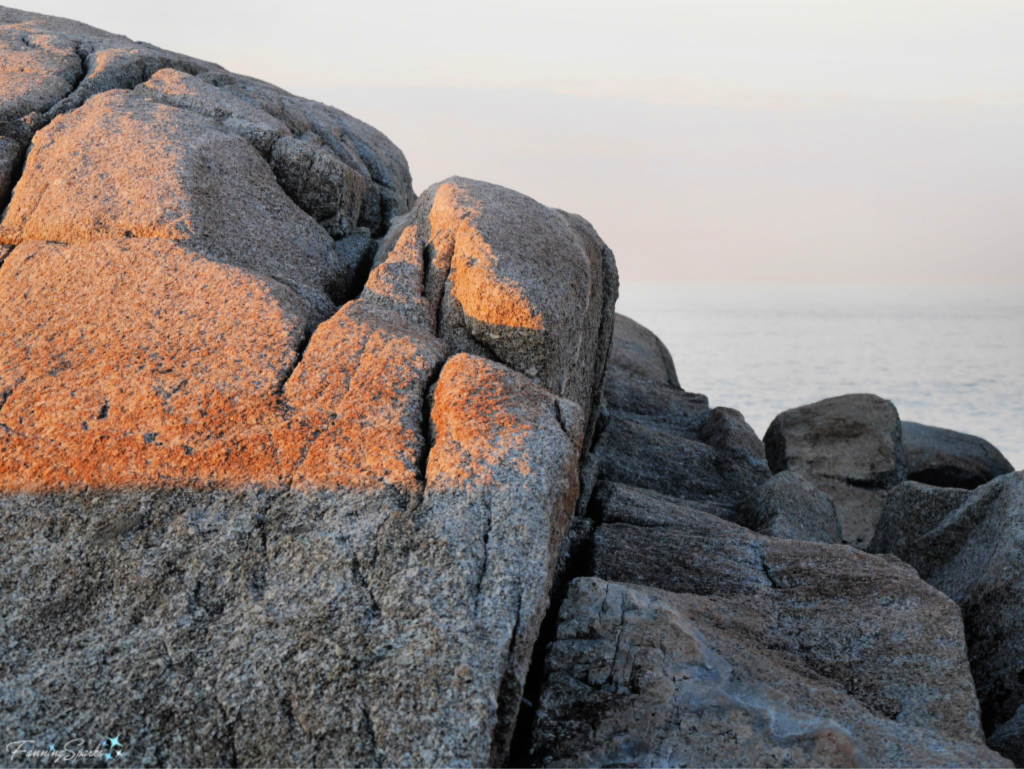
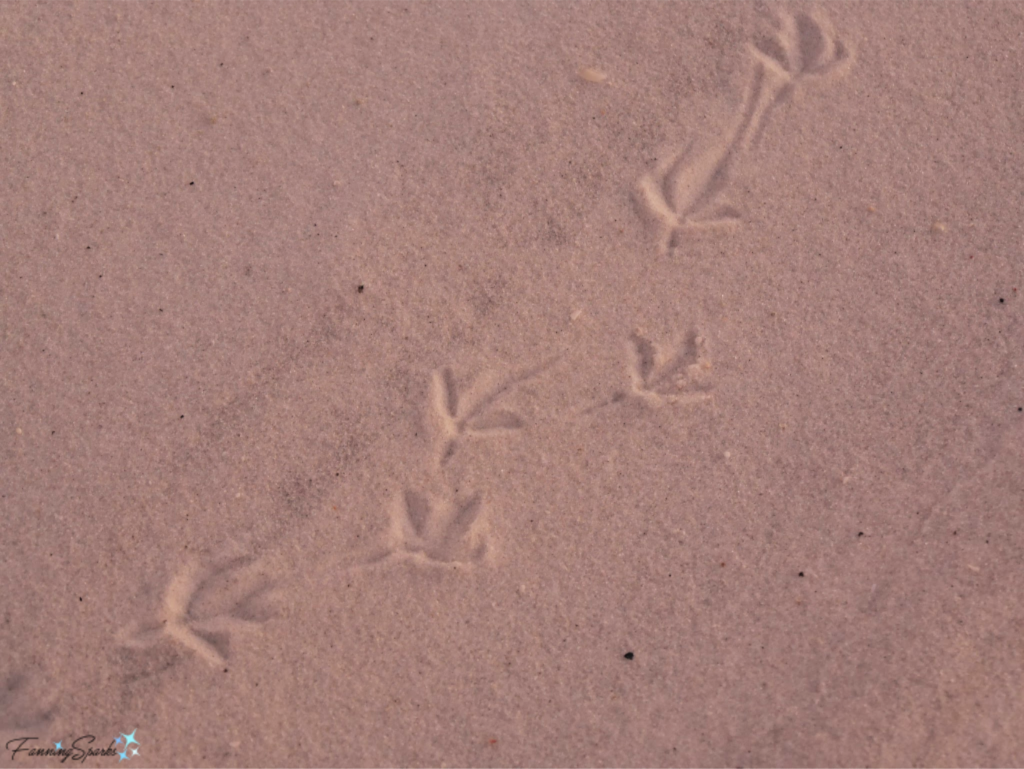
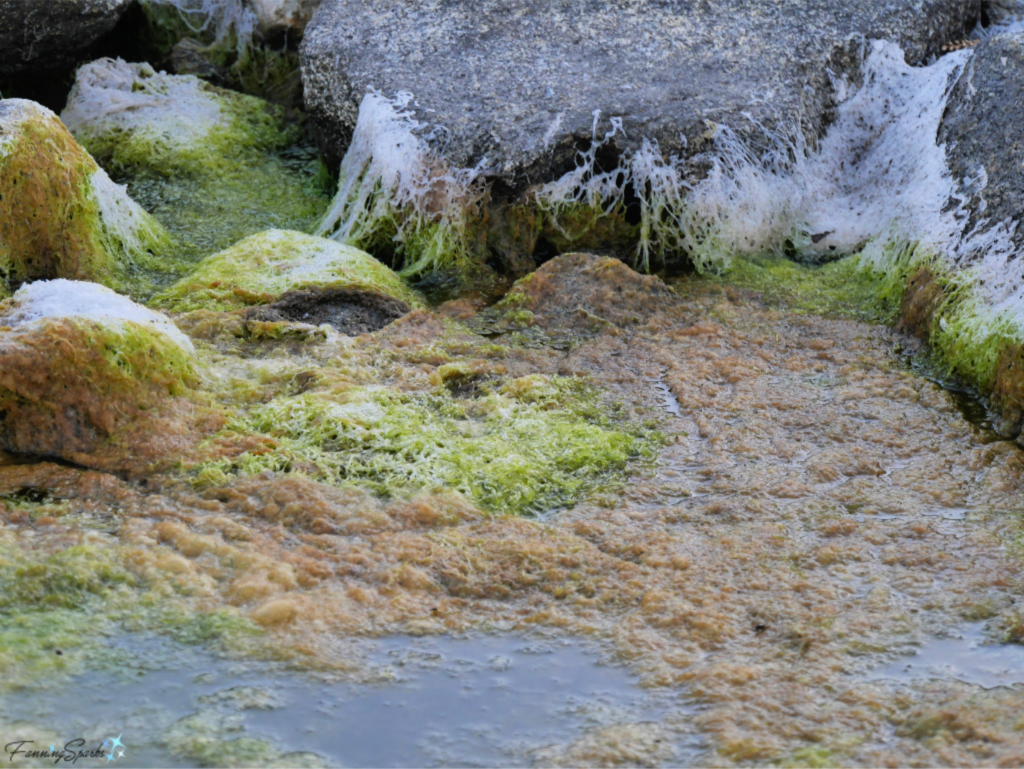
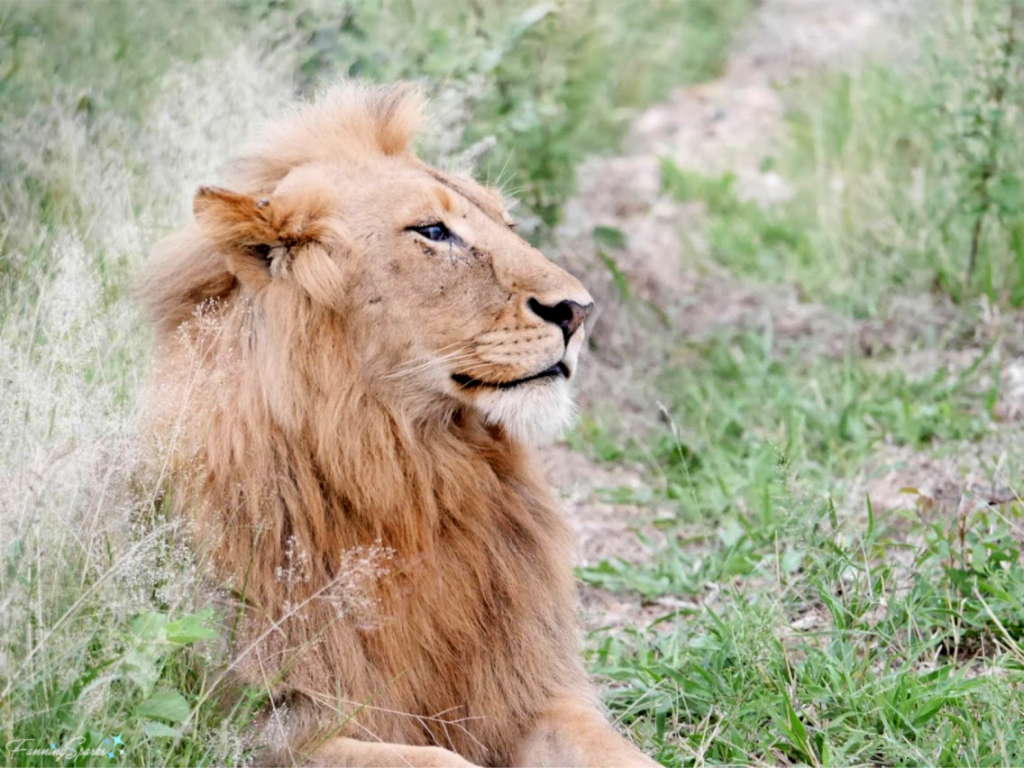
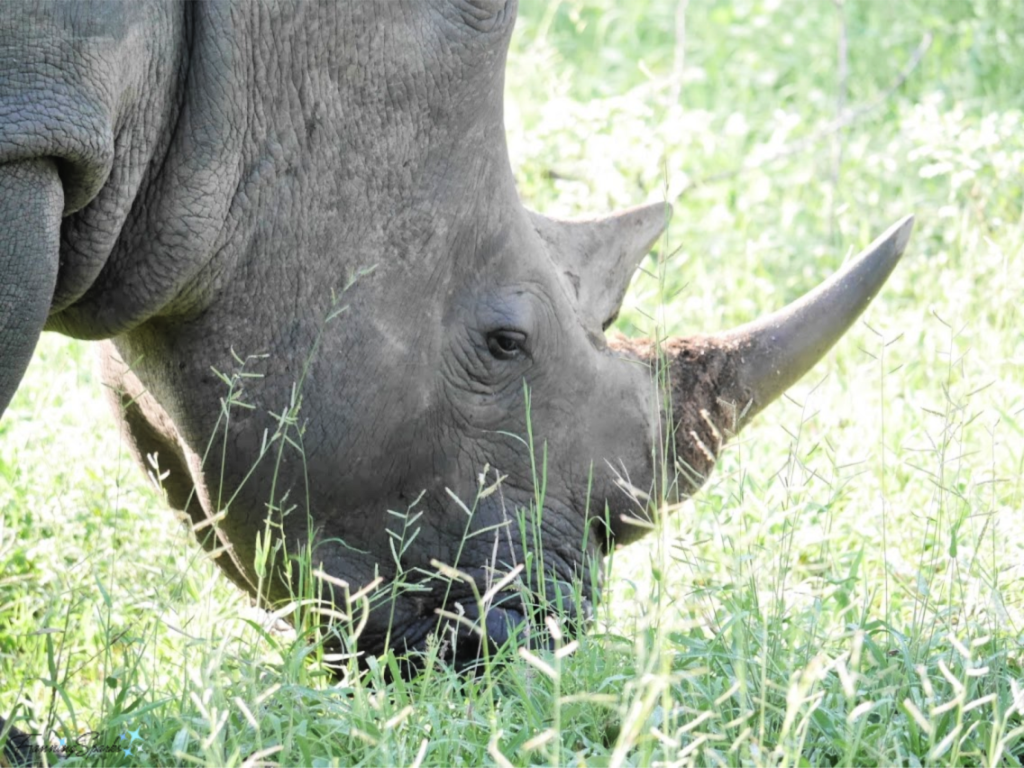

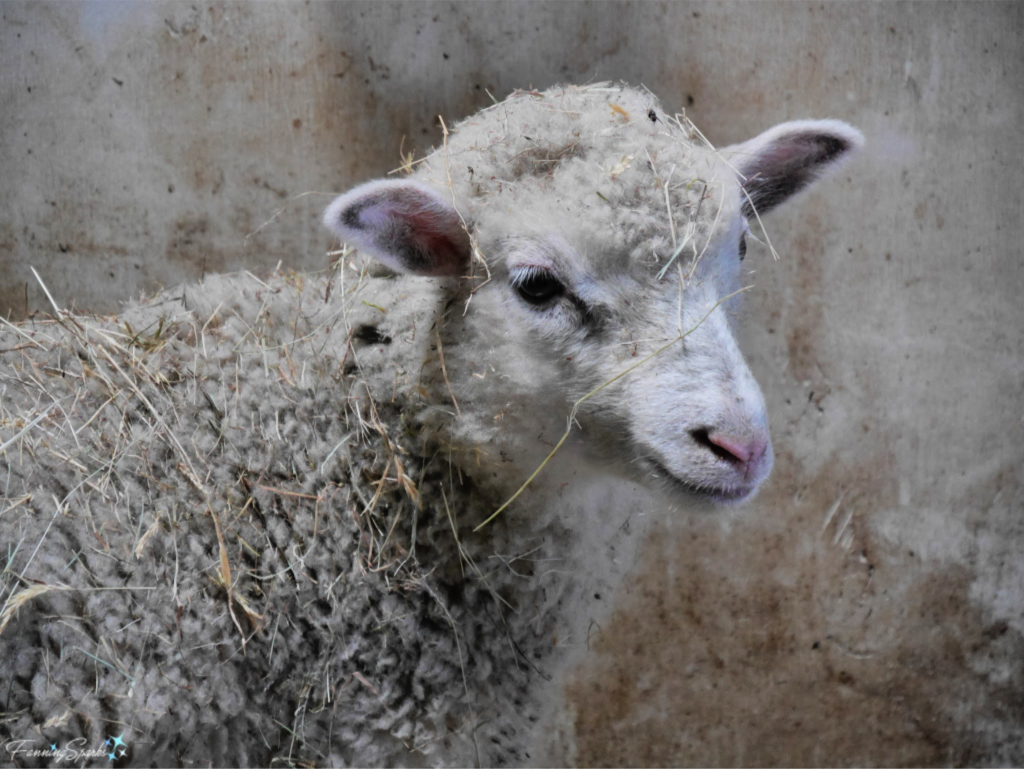
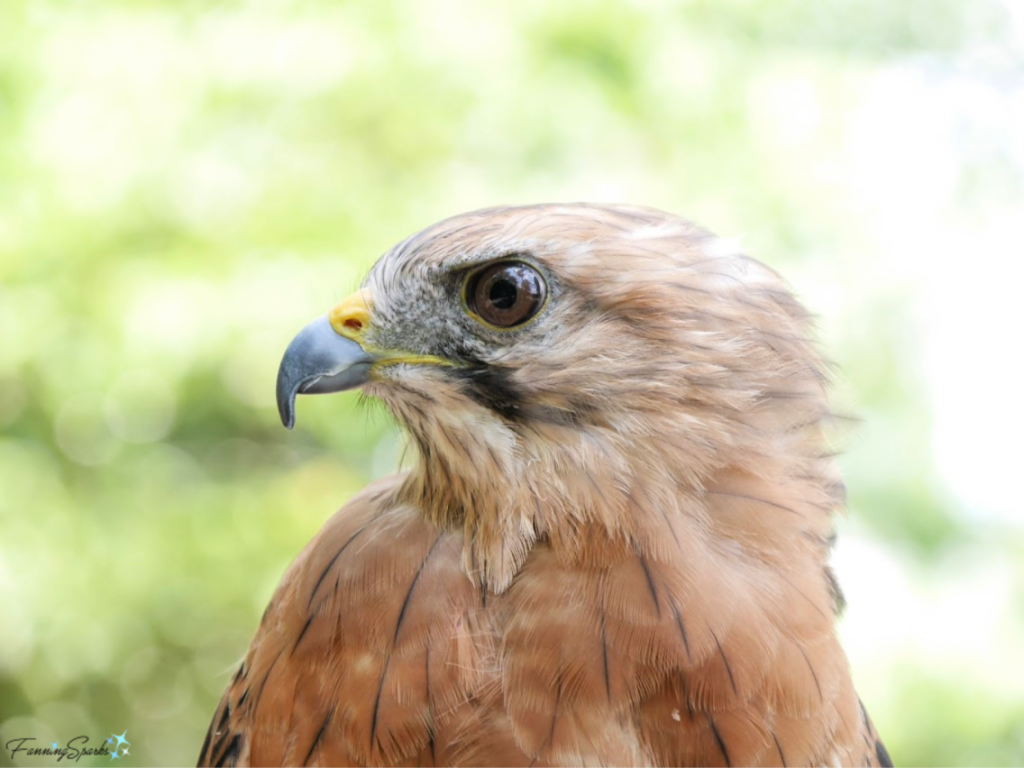
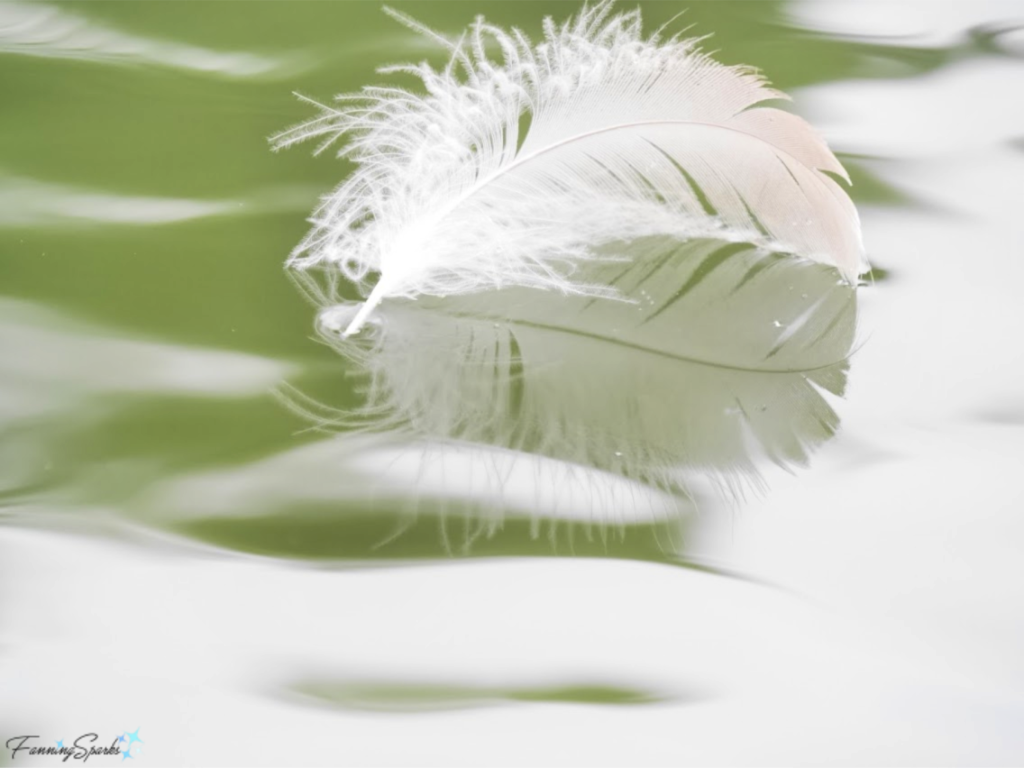

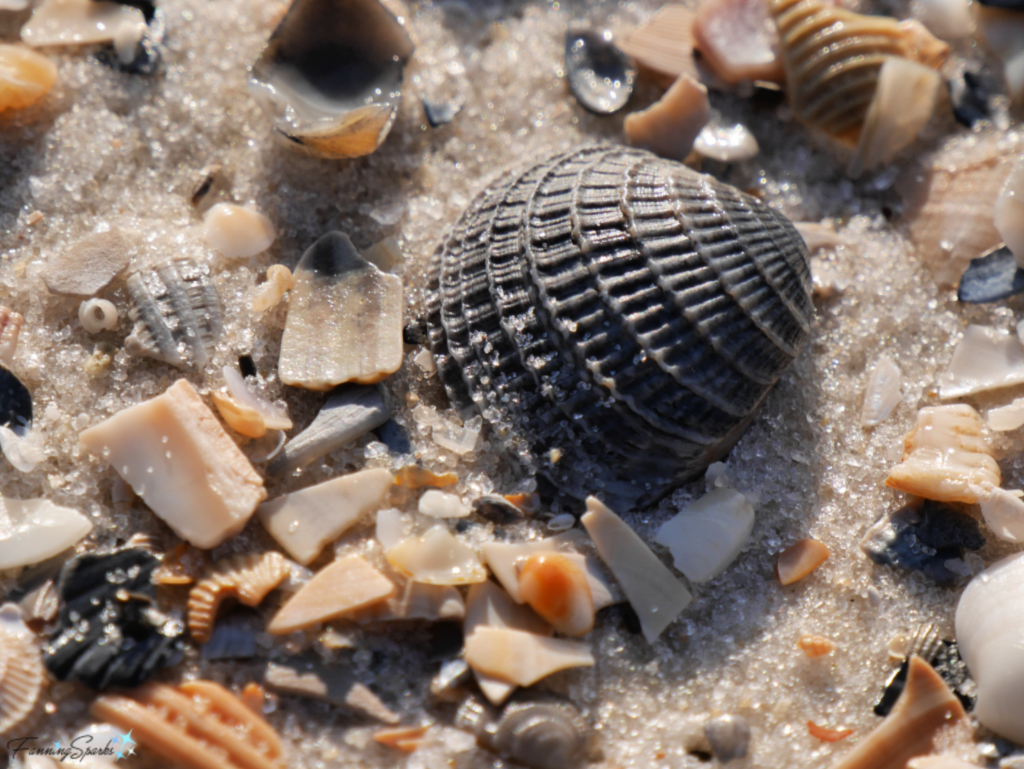
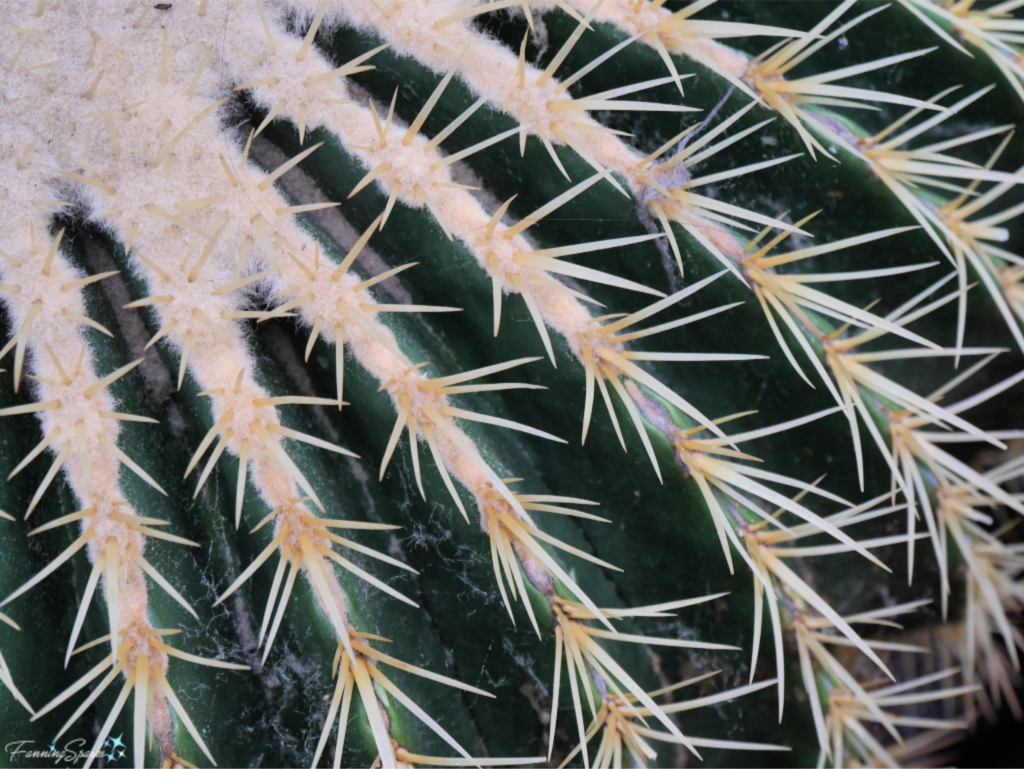
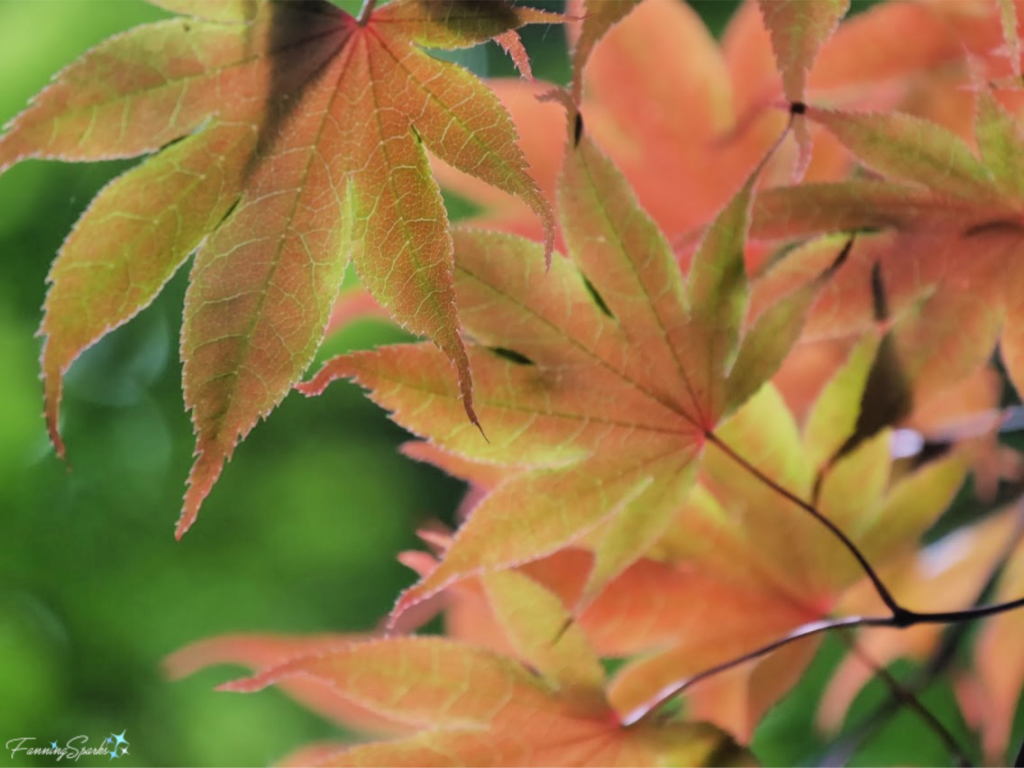
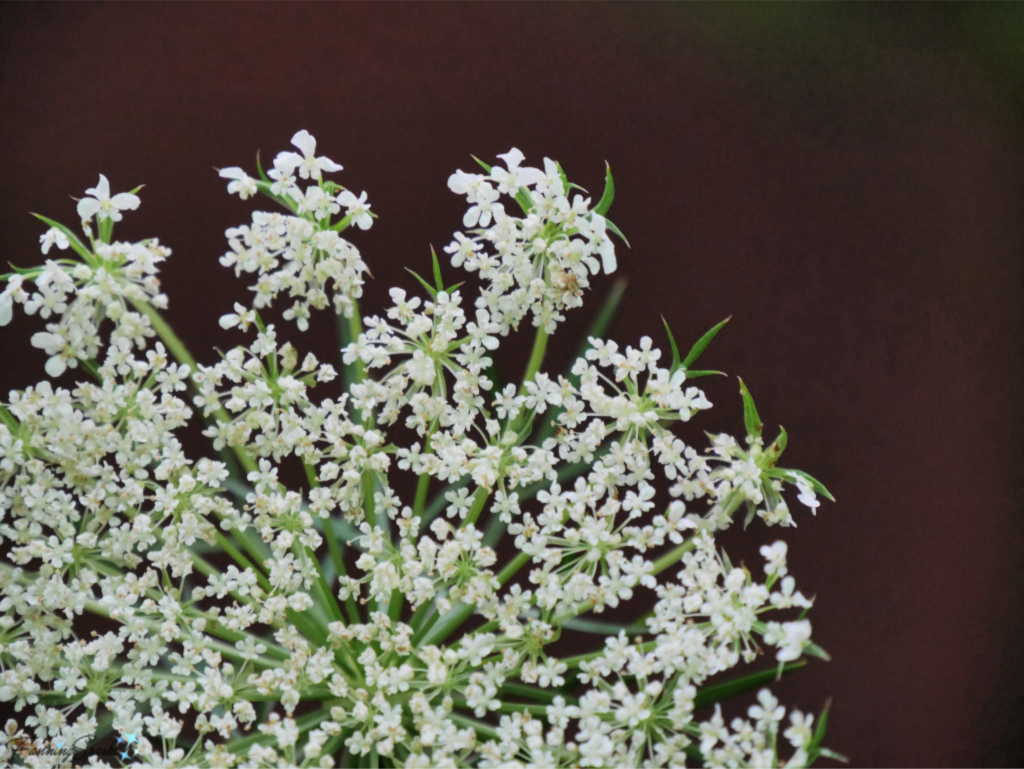
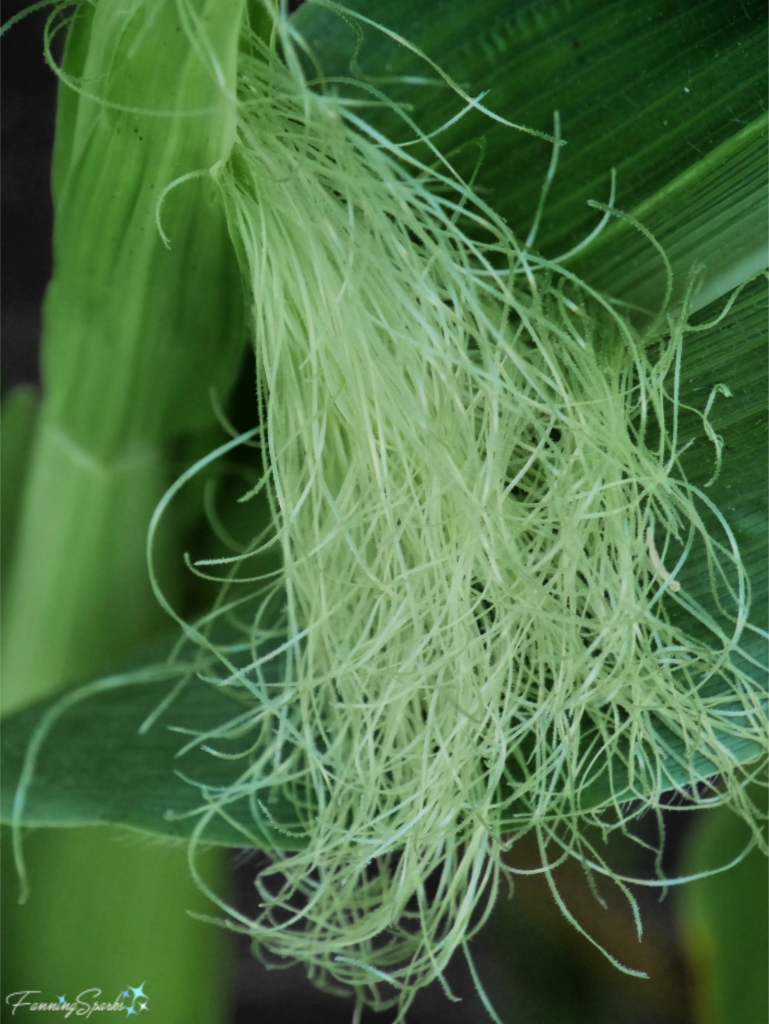

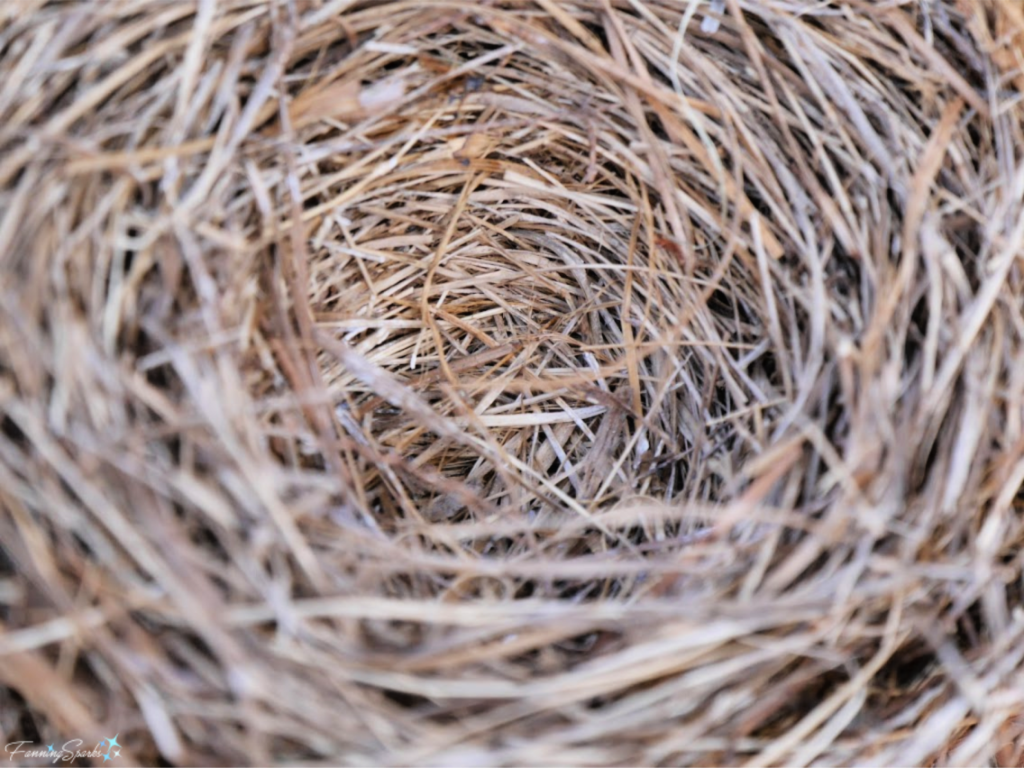
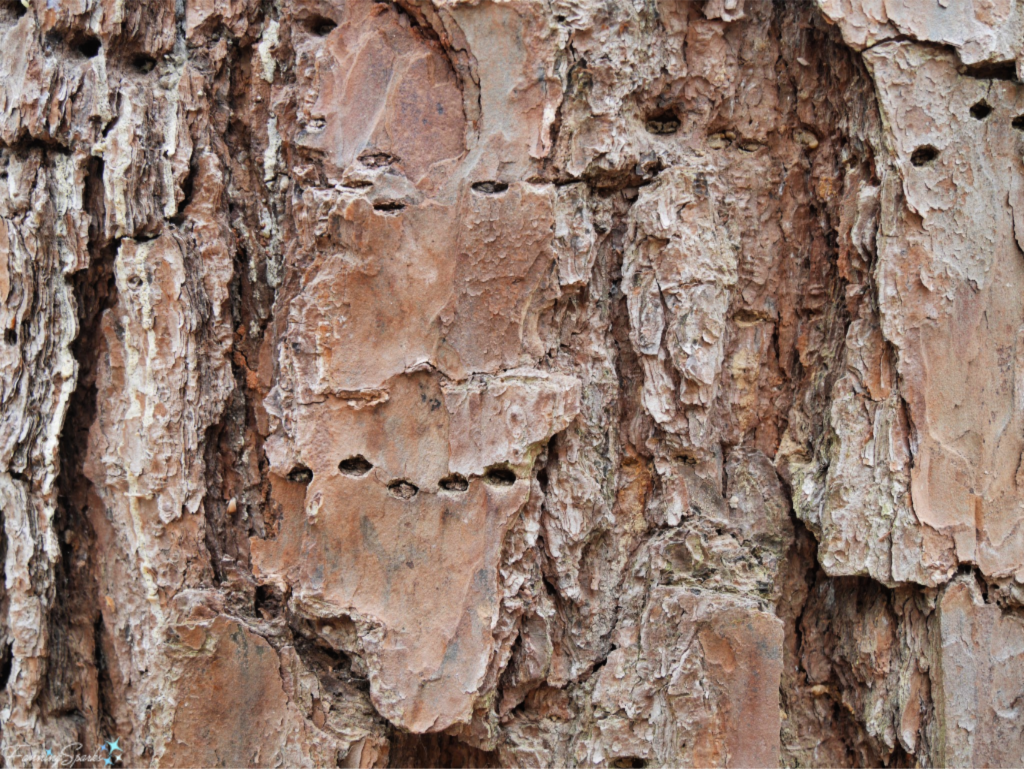
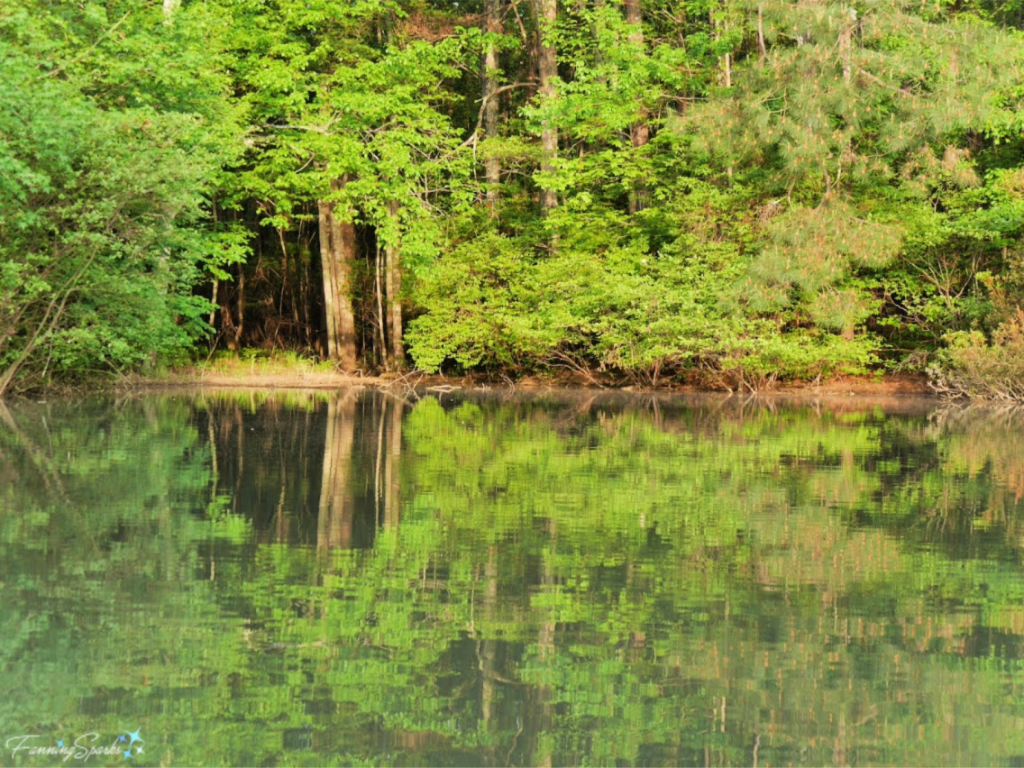
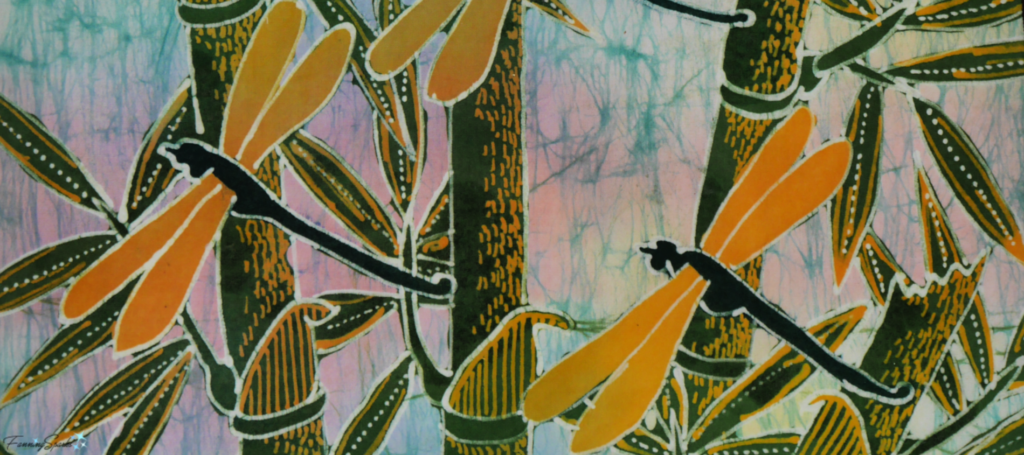
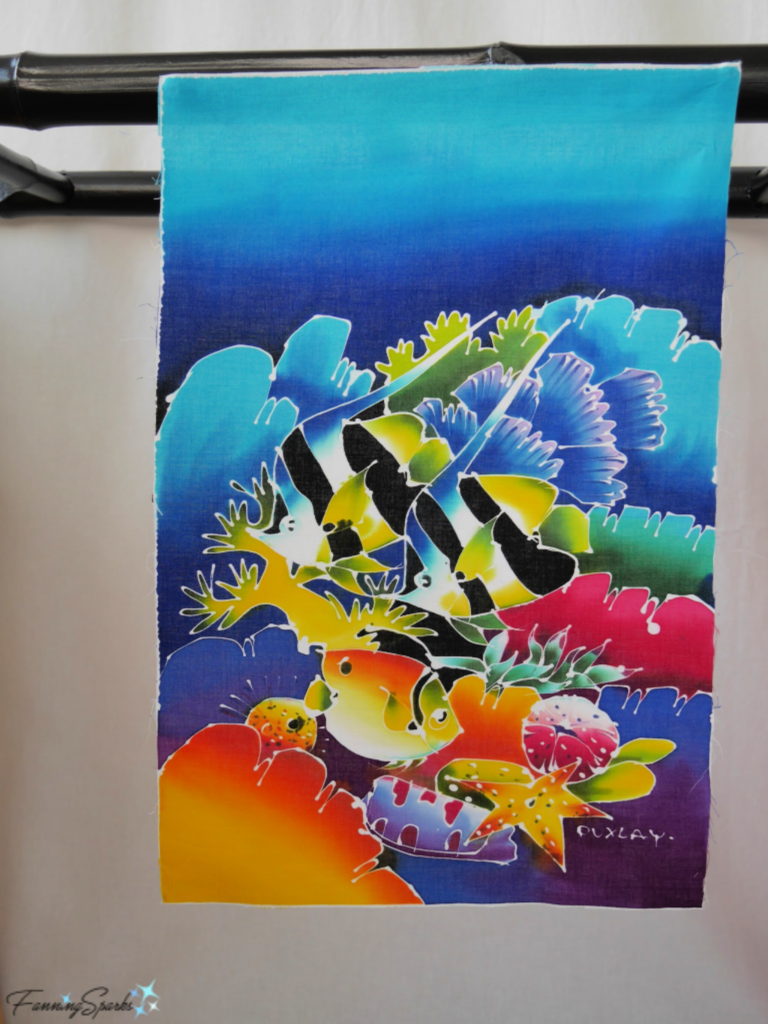 Here’s a closer look at the color and design of the angel fish. The white lines would have been covered with wax before the color was painted on.
Here’s a closer look at the color and design of the angel fish. The white lines would have been covered with wax before the color was painted on.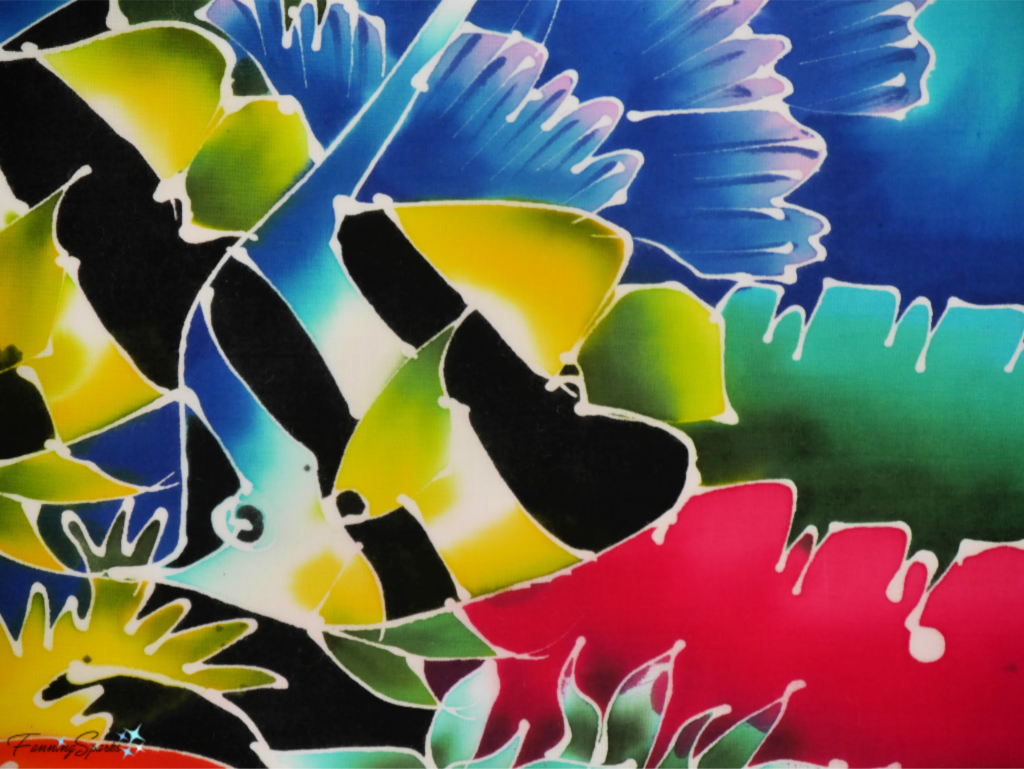
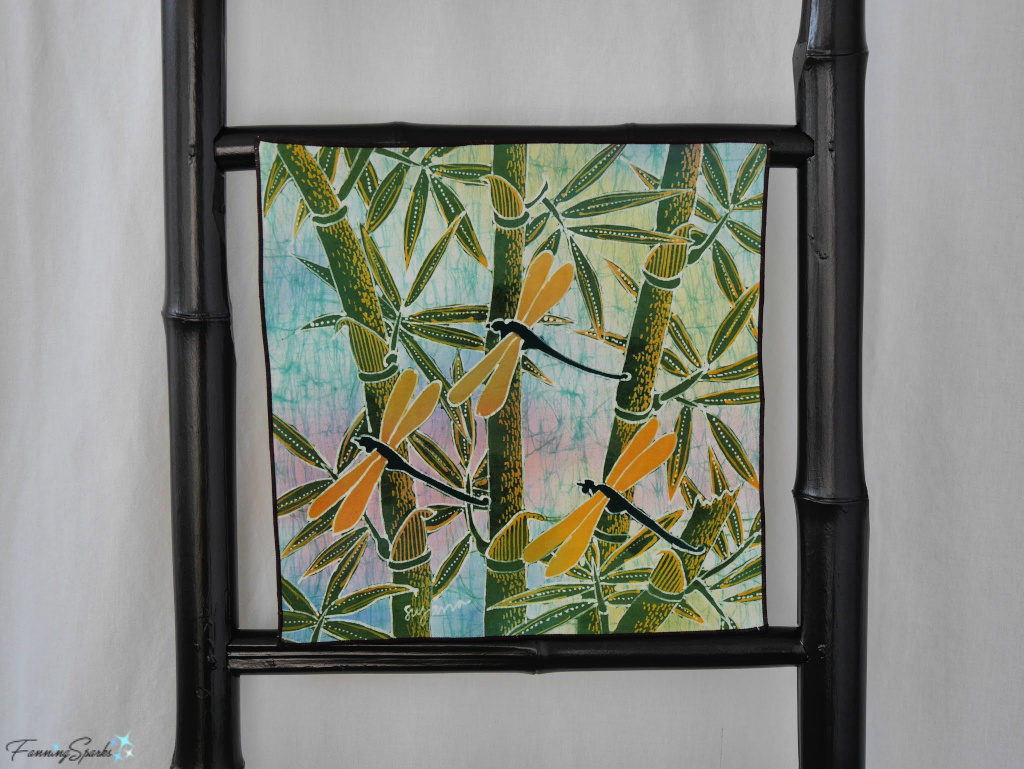 My interest in batik goes back several years to when I lived and worked in Singapore. I had the good fortune to attend a series of Saturday morning workshops taught by a well-known Indonesian batik artist. It was a wonderful opportunity to learn from an expert. Unfortunately, I don’t have any photos of his work but I still have the pieces I completed. No masterpieces here‒I was obviously still learning!
My interest in batik goes back several years to when I lived and worked in Singapore. I had the good fortune to attend a series of Saturday morning workshops taught by a well-known Indonesian batik artist. It was a wonderful opportunity to learn from an expert. Unfortunately, I don’t have any photos of his work but I still have the pieces I completed. No masterpieces here‒I was obviously still learning!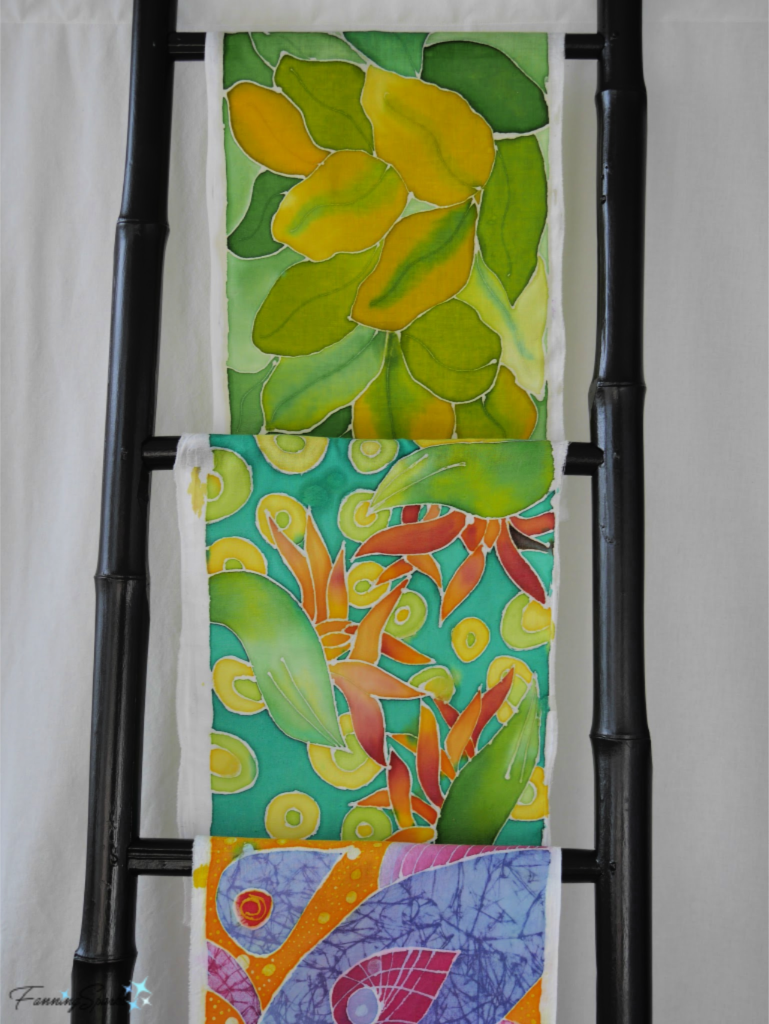
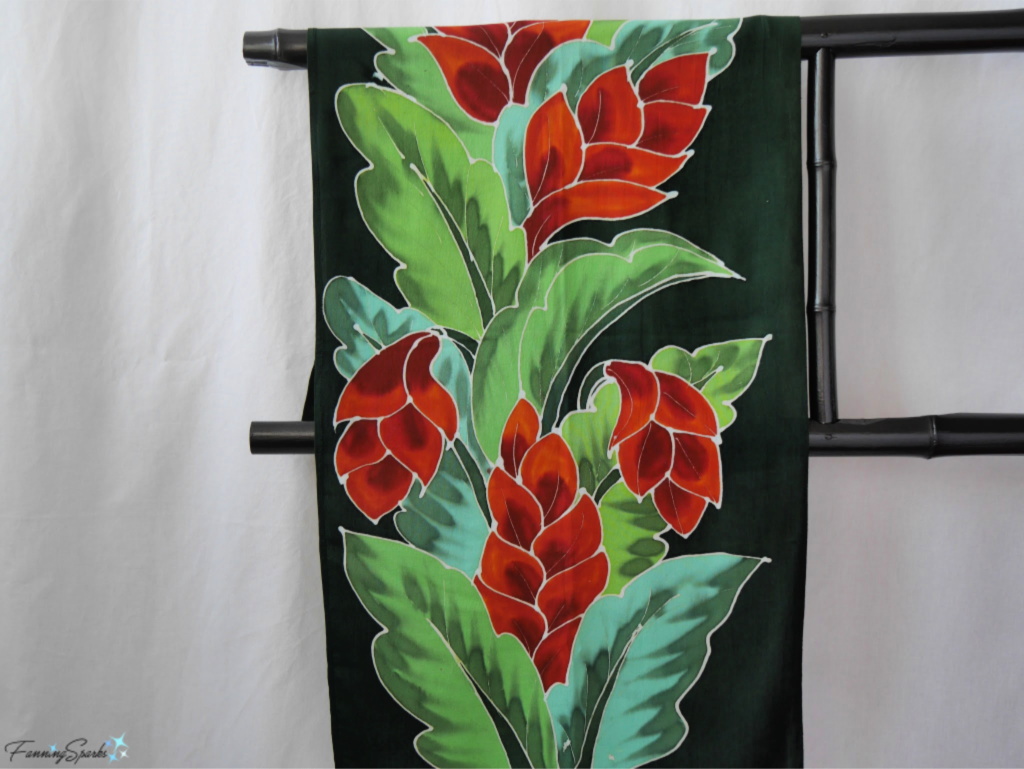
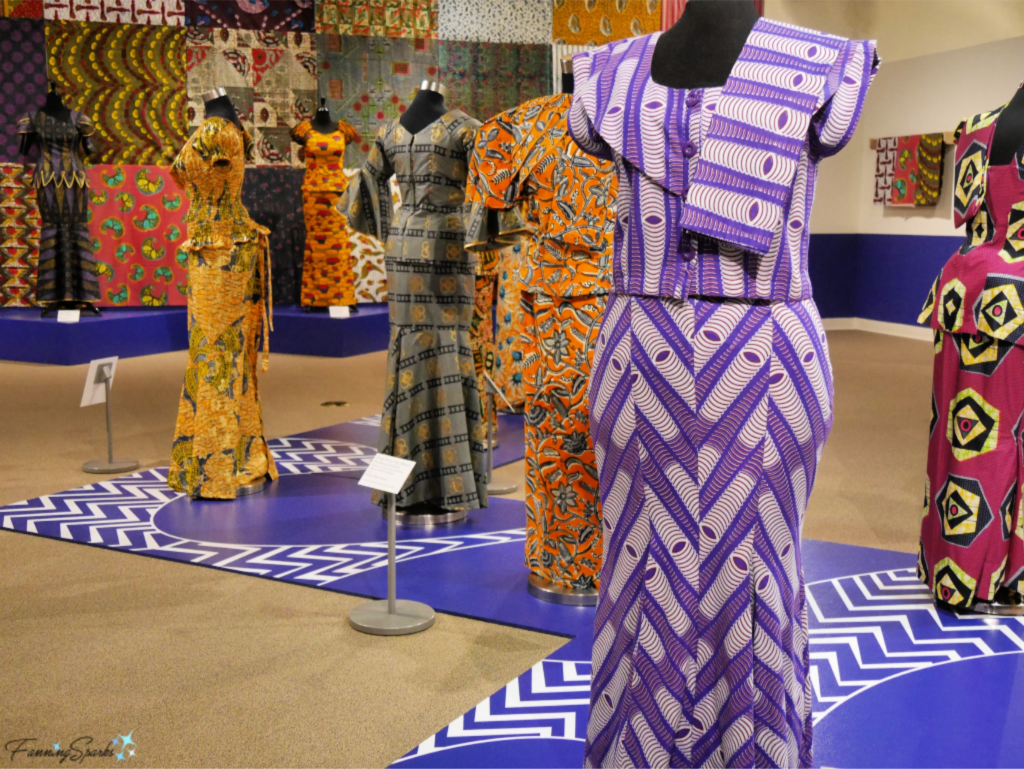 A wide variety of fabrics were displayed along the walls‒each with an explanation of its origin and significance. The vast majority of these fabrics were manufactured by Vlisco from the Netherlands.
A wide variety of fabrics were displayed along the walls‒each with an explanation of its origin and significance. The vast majority of these fabrics were manufactured by Vlisco from the Netherlands.